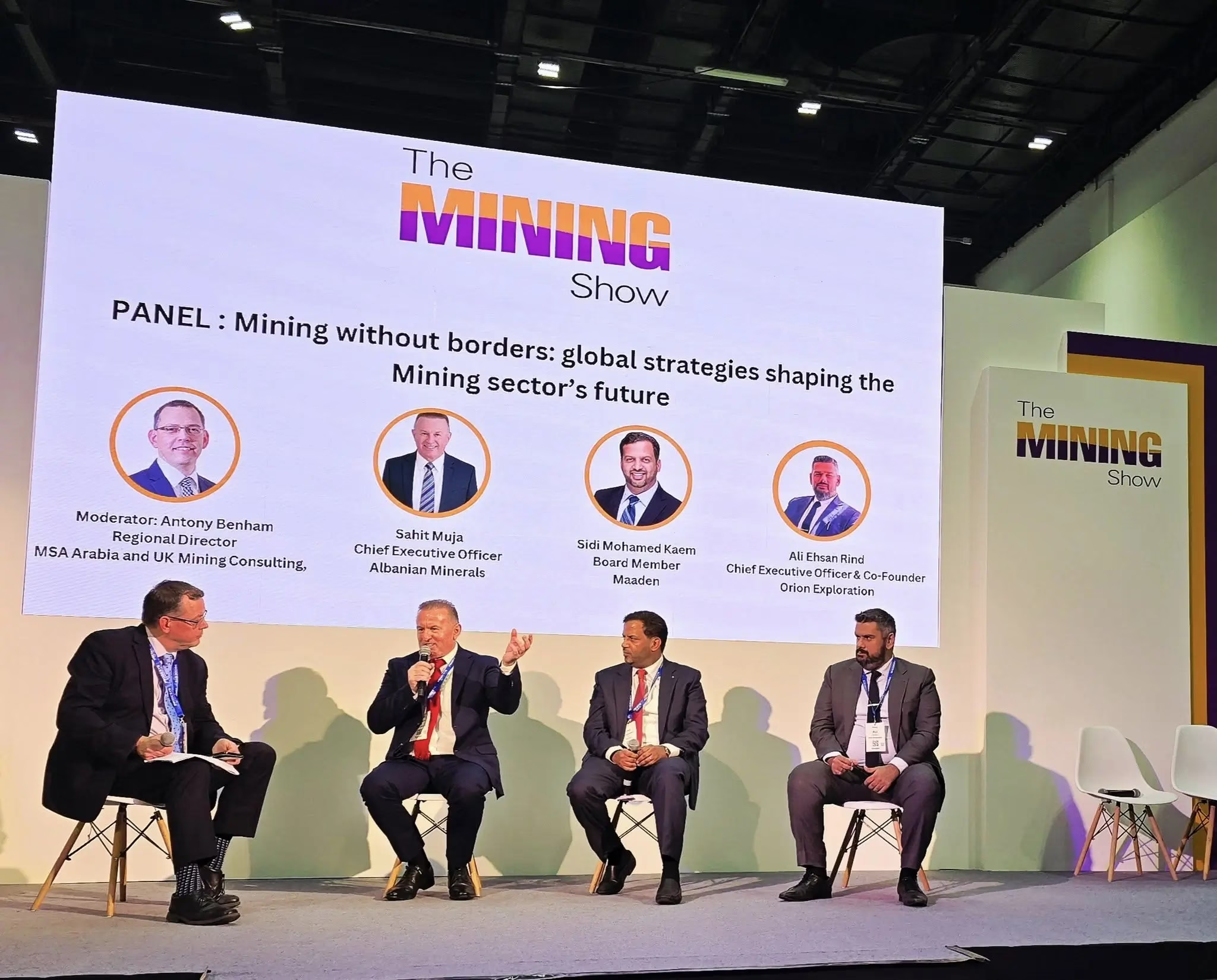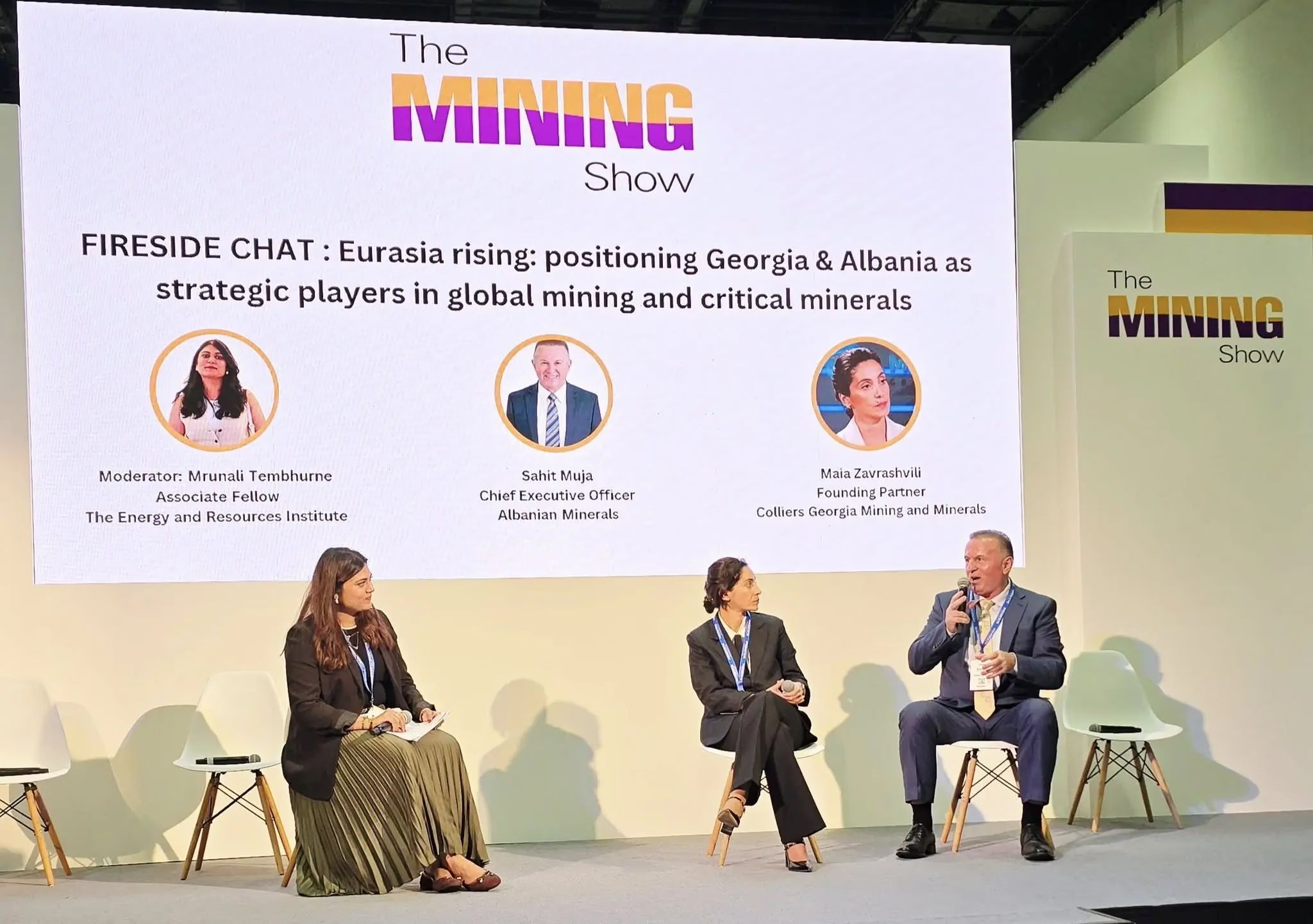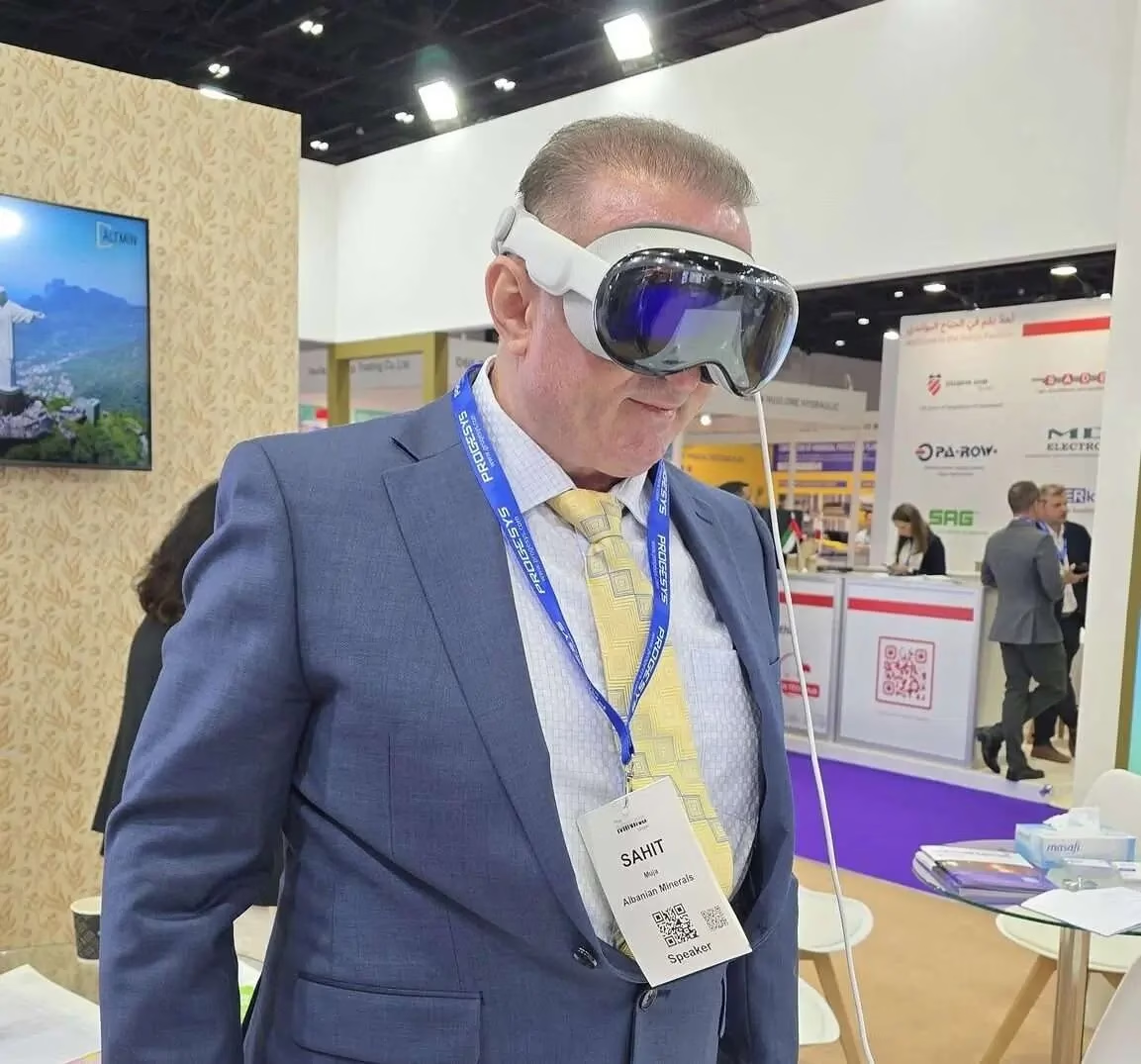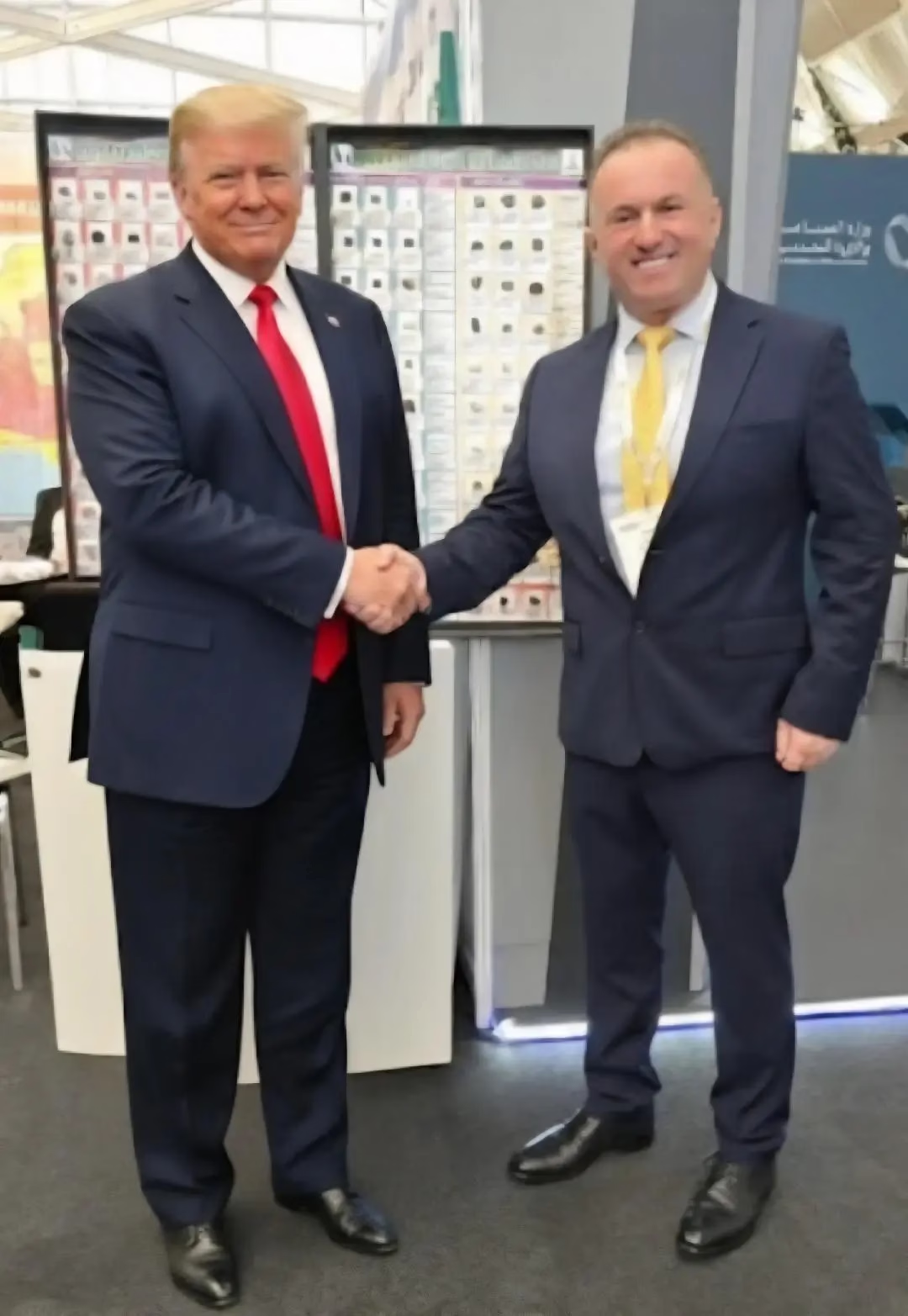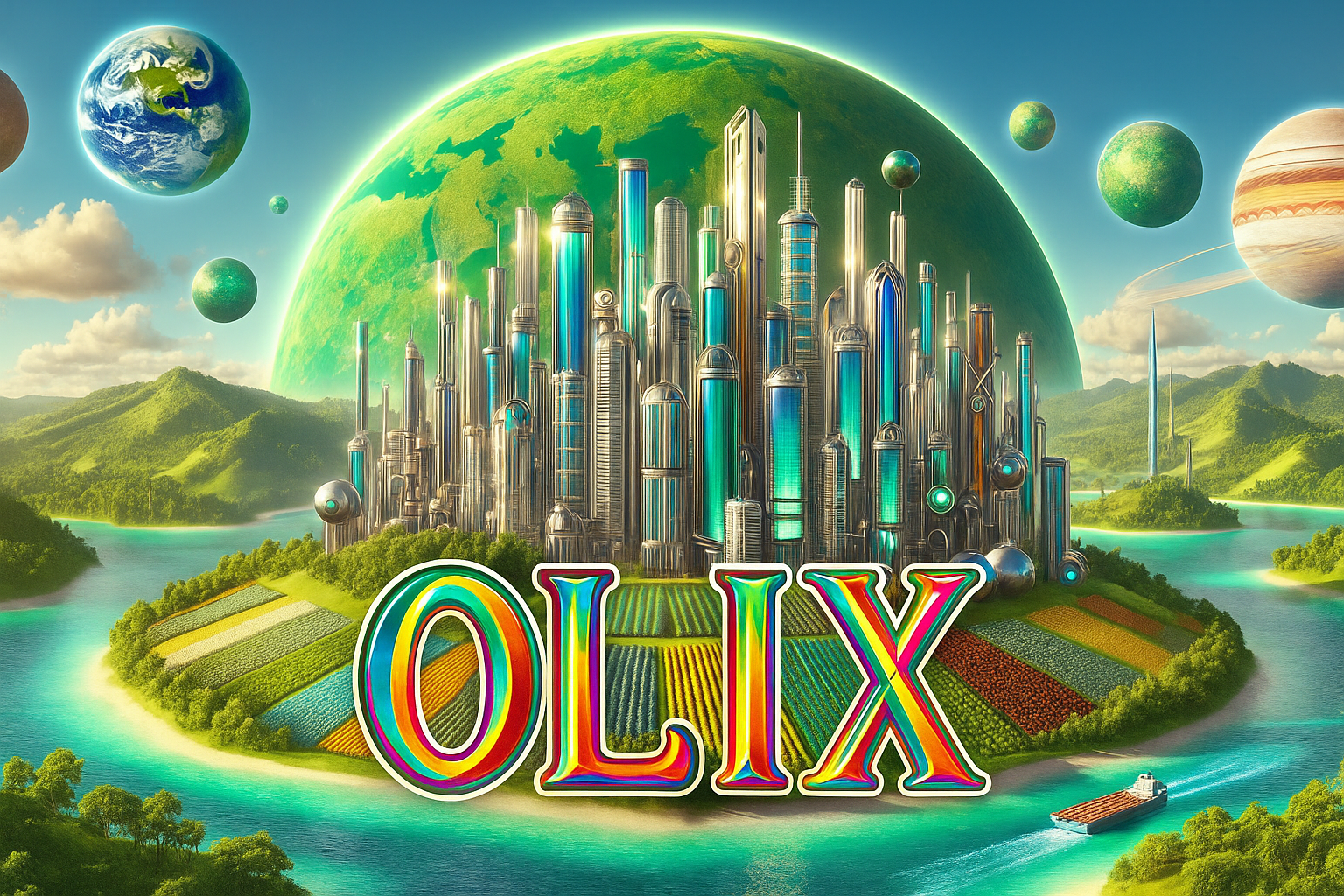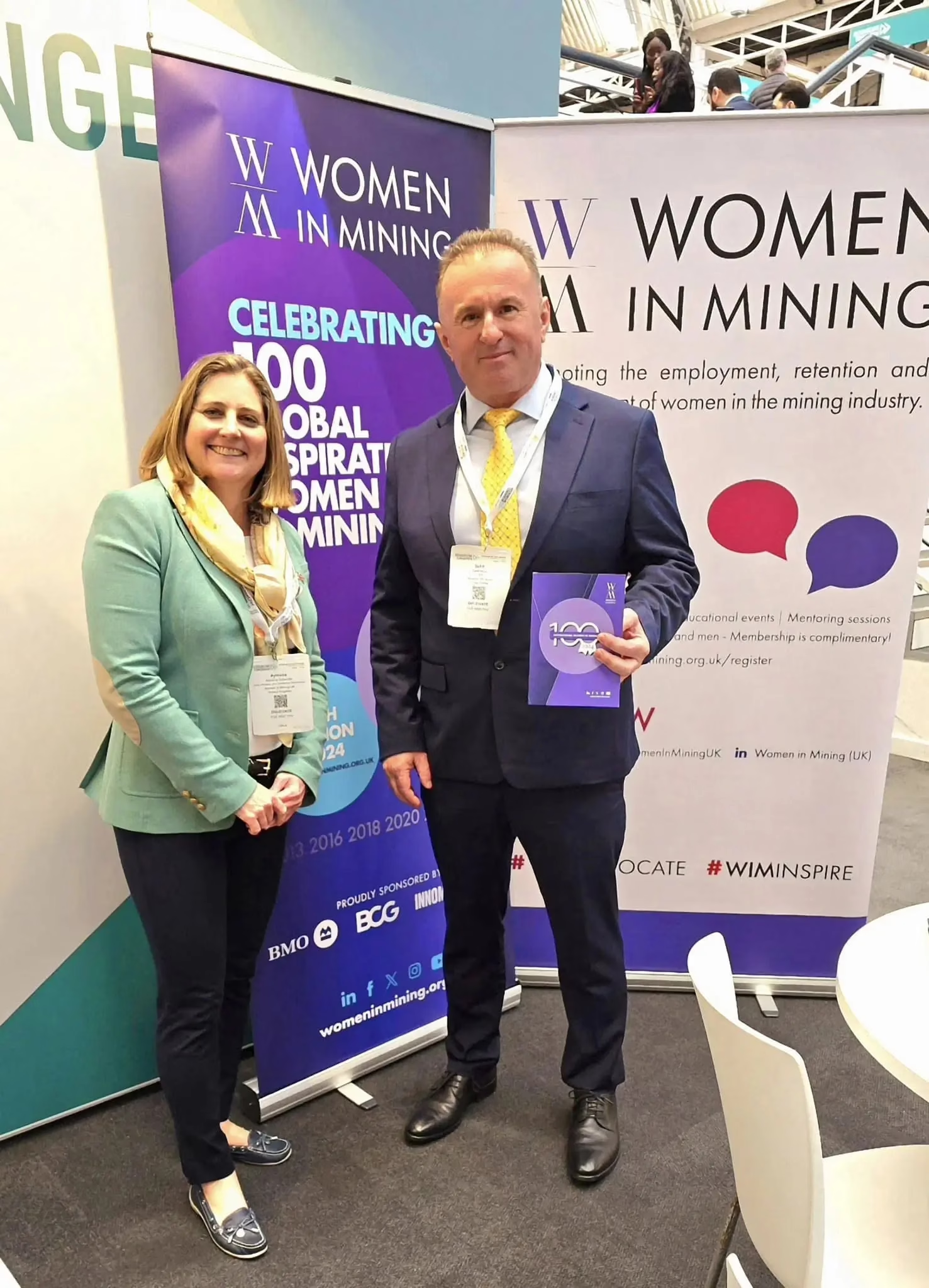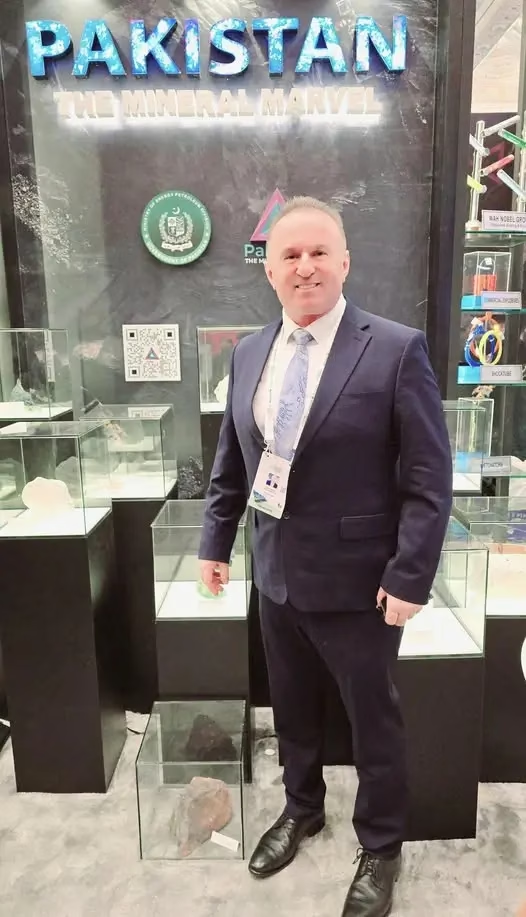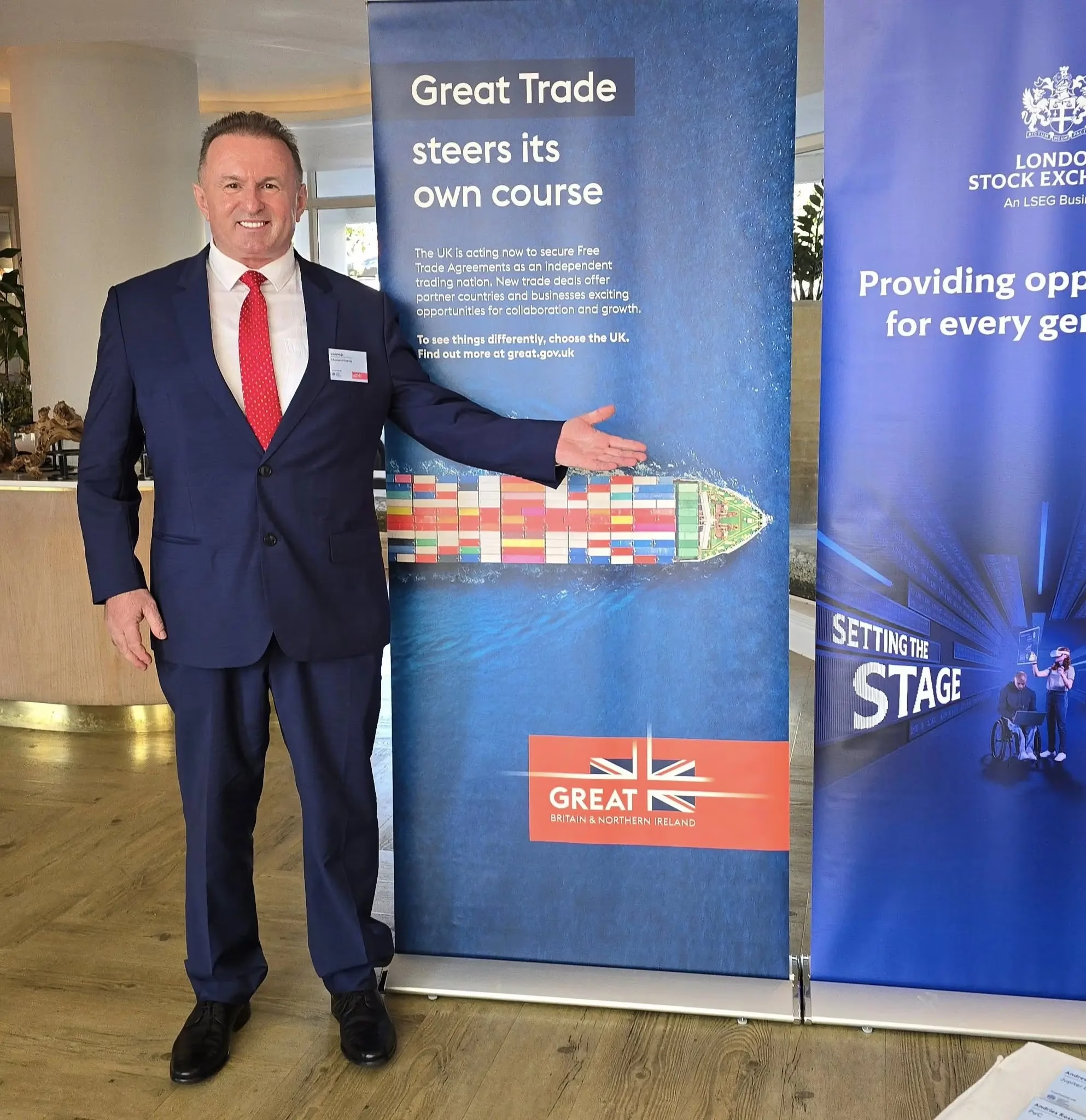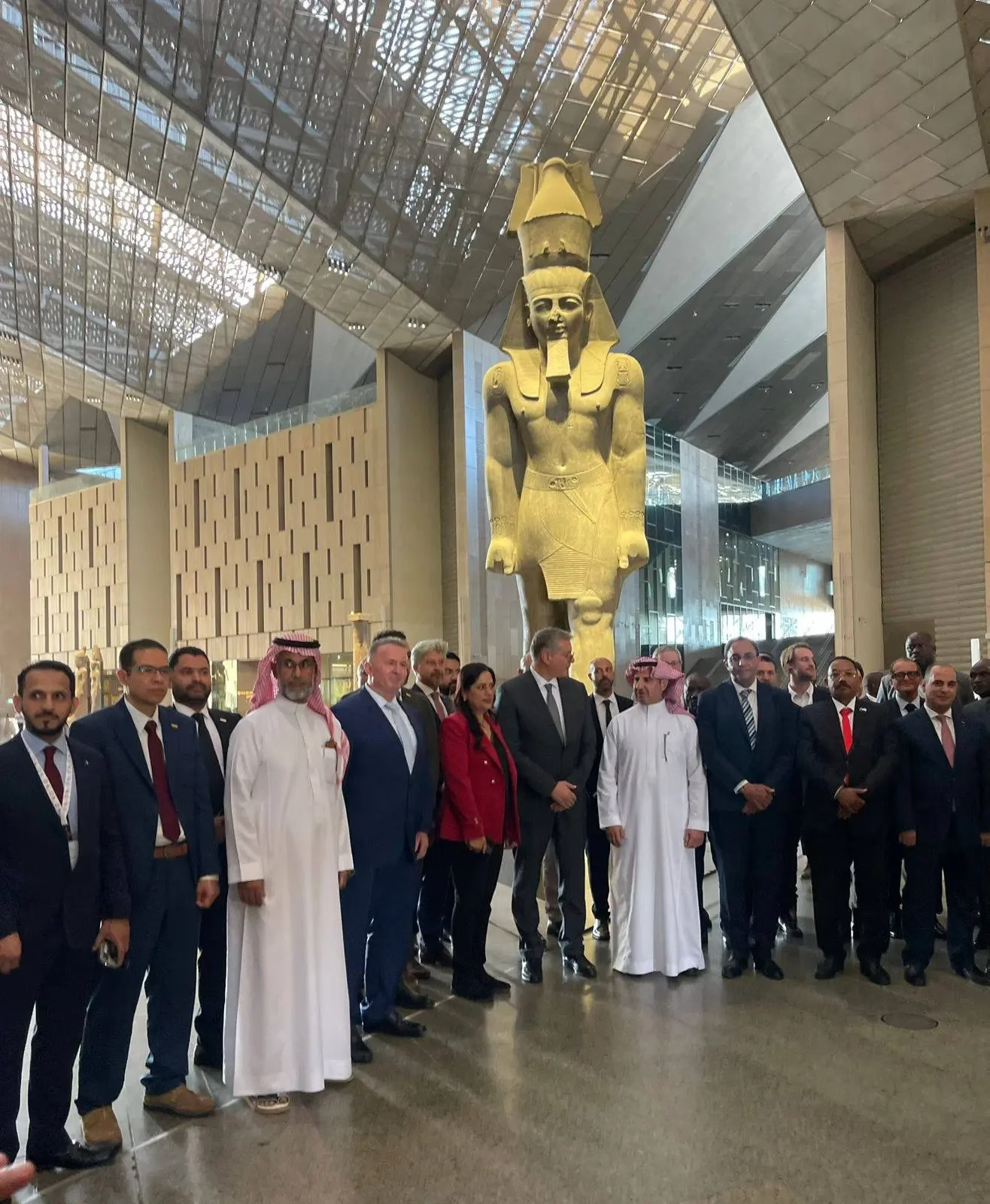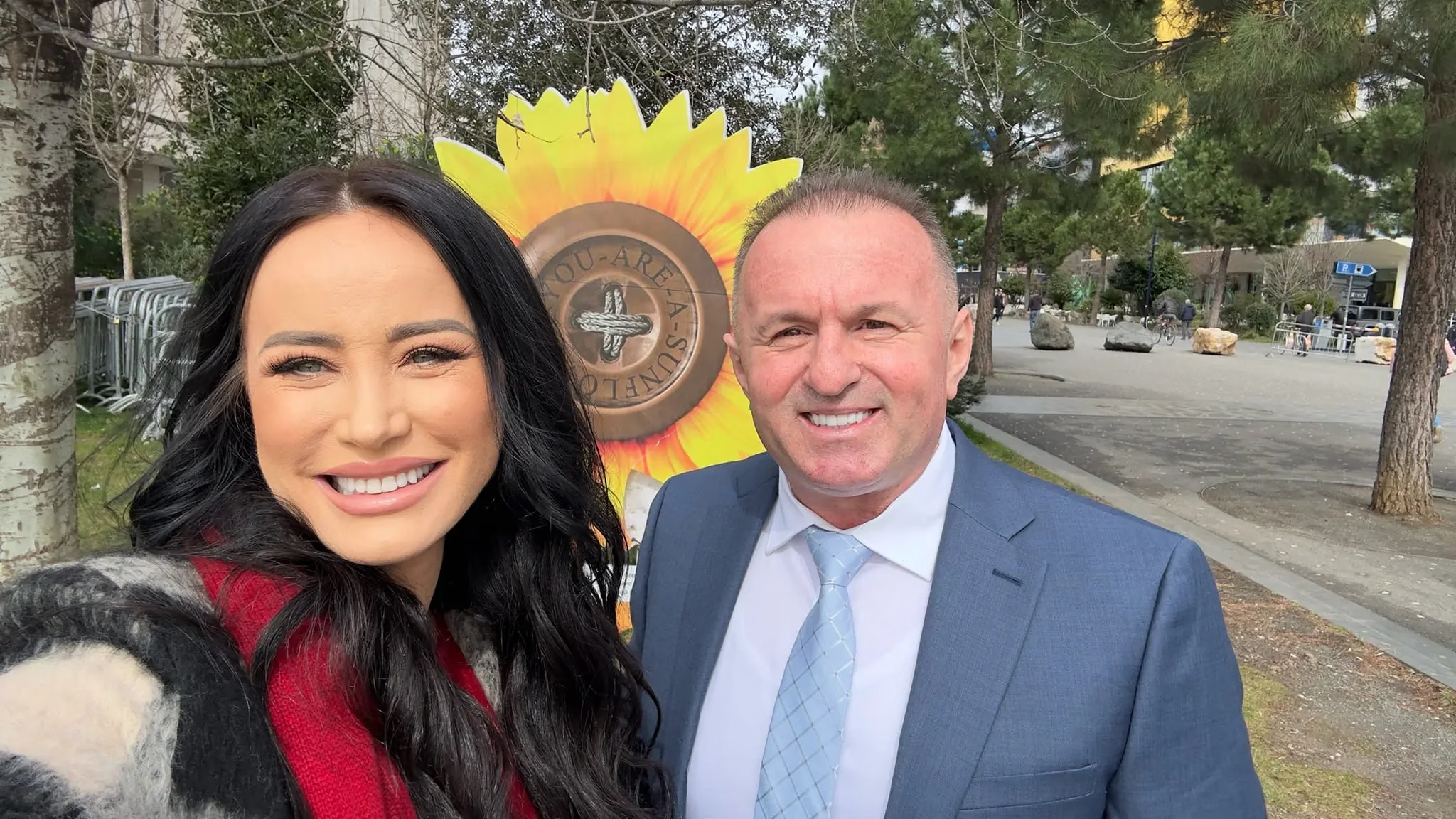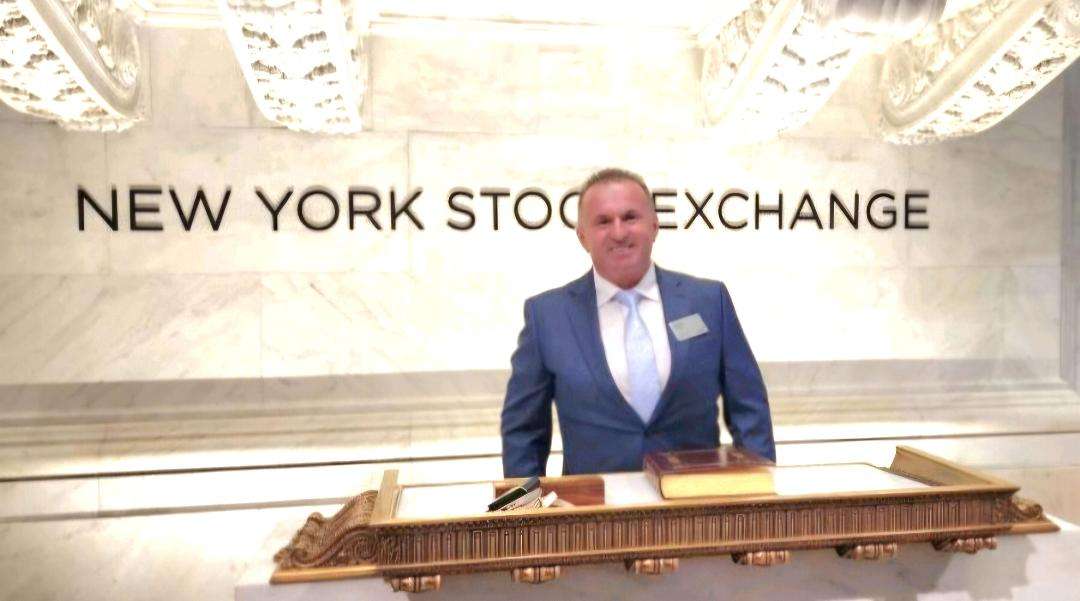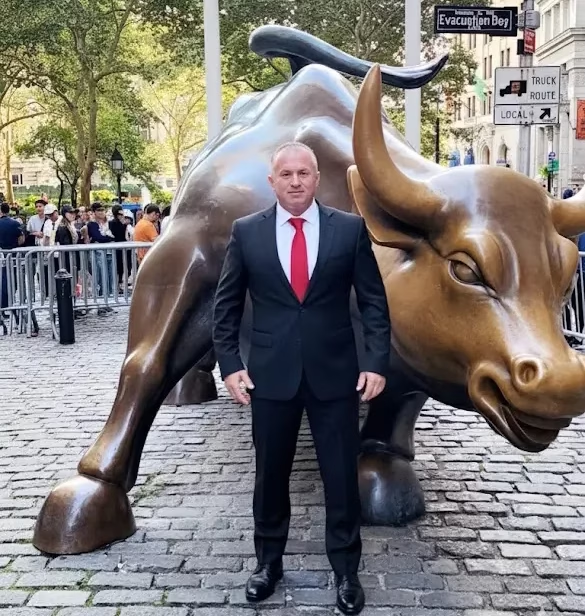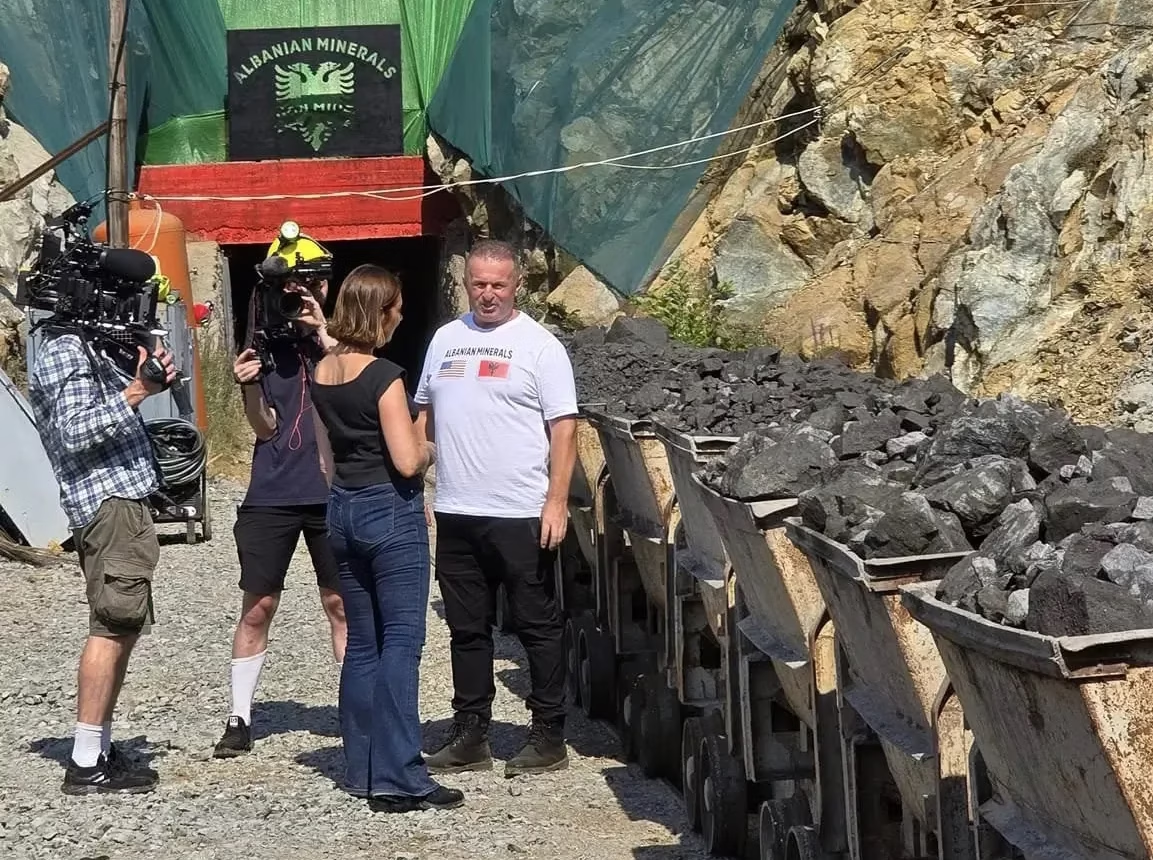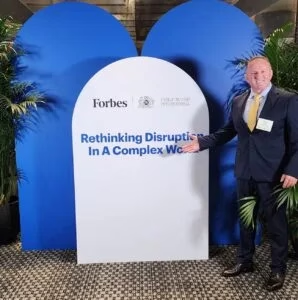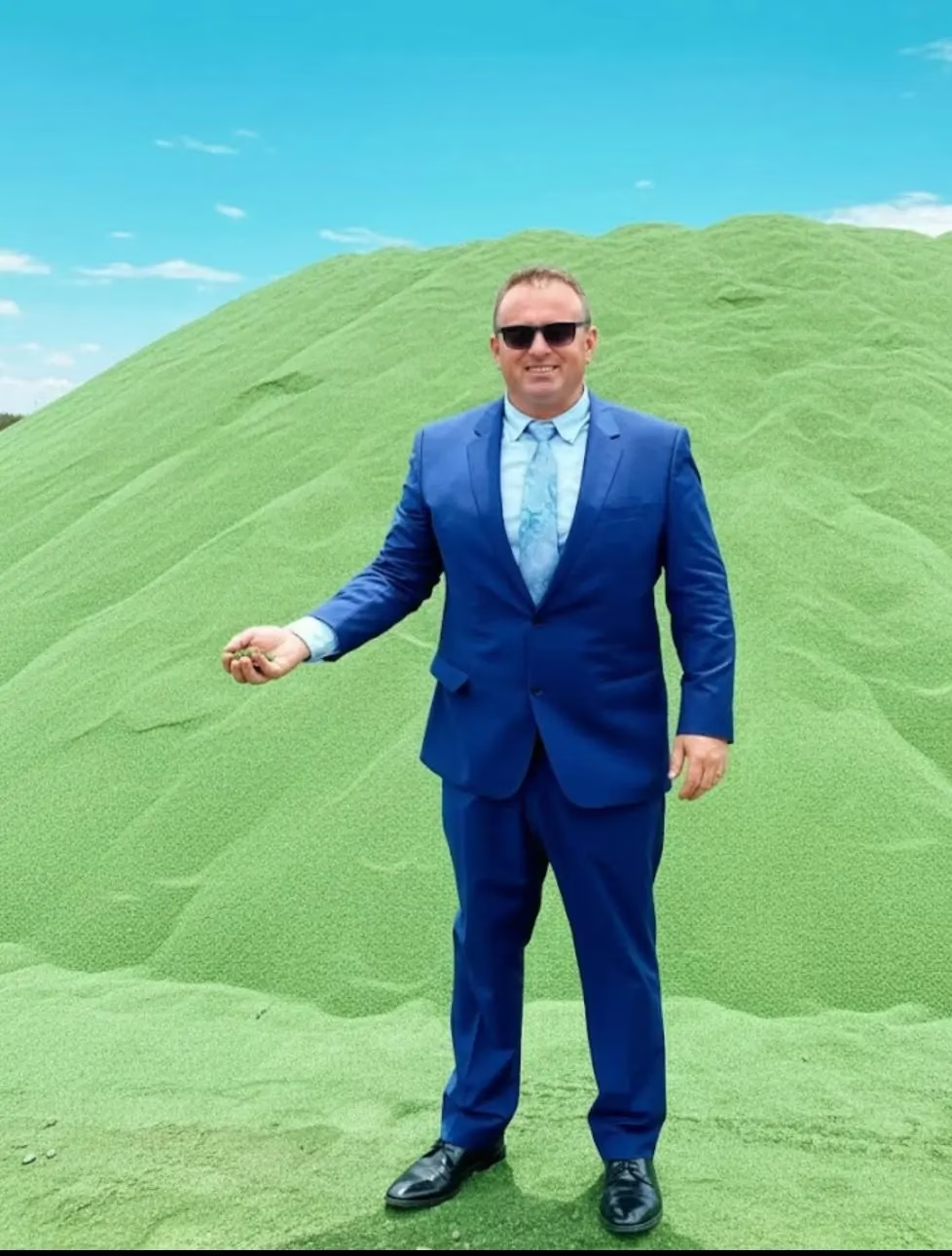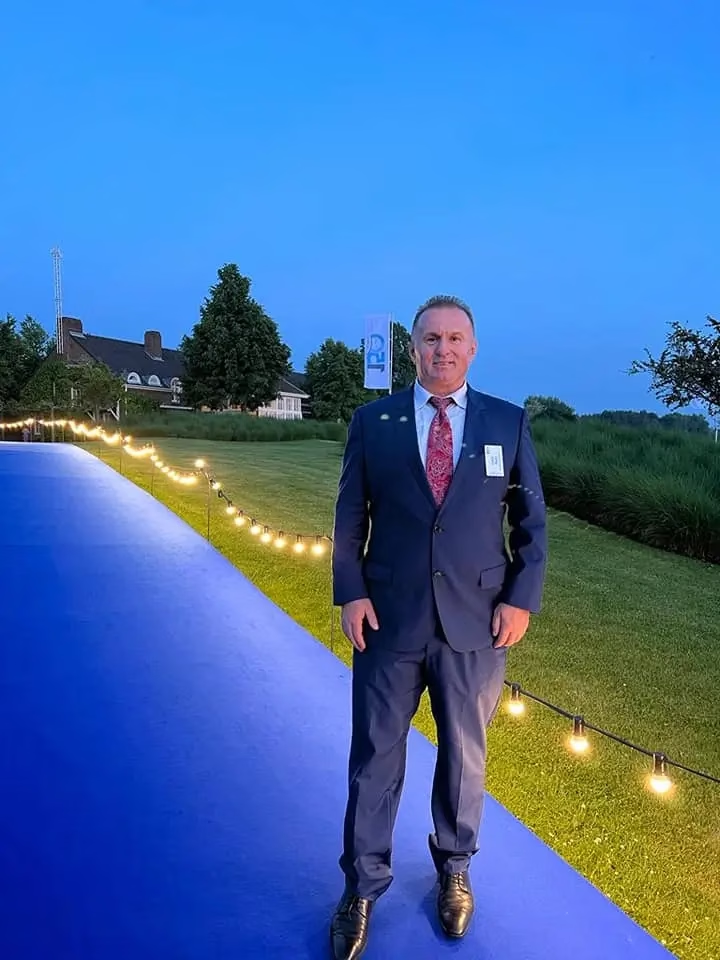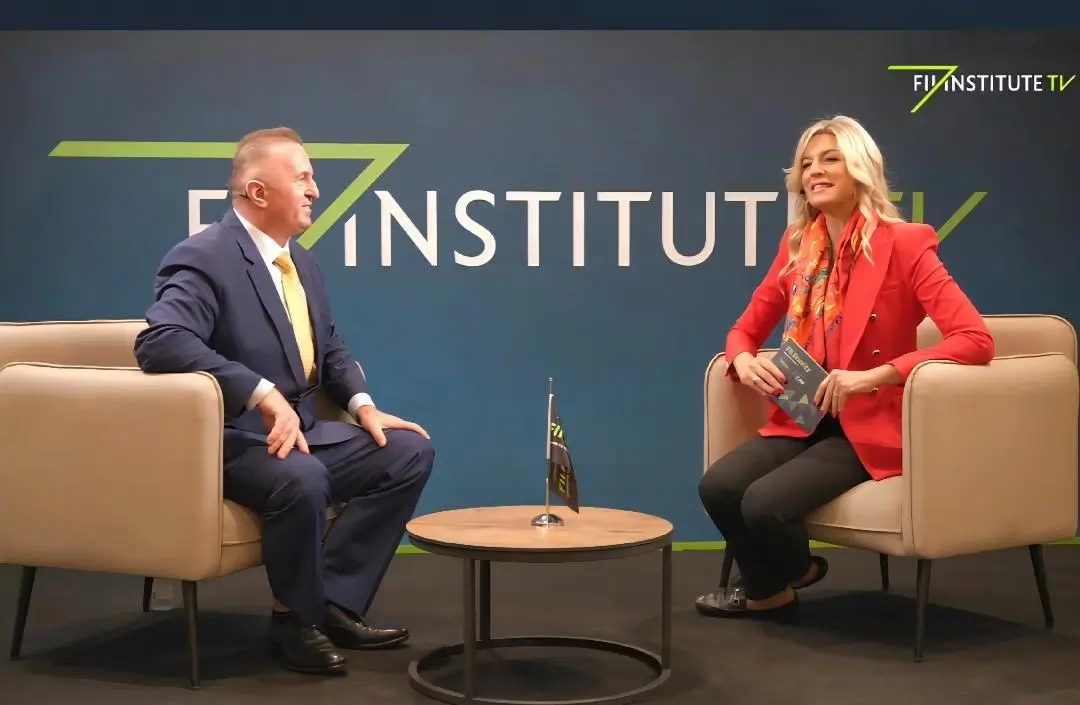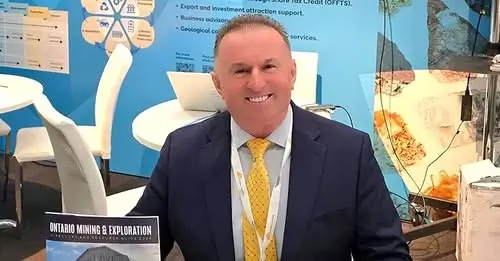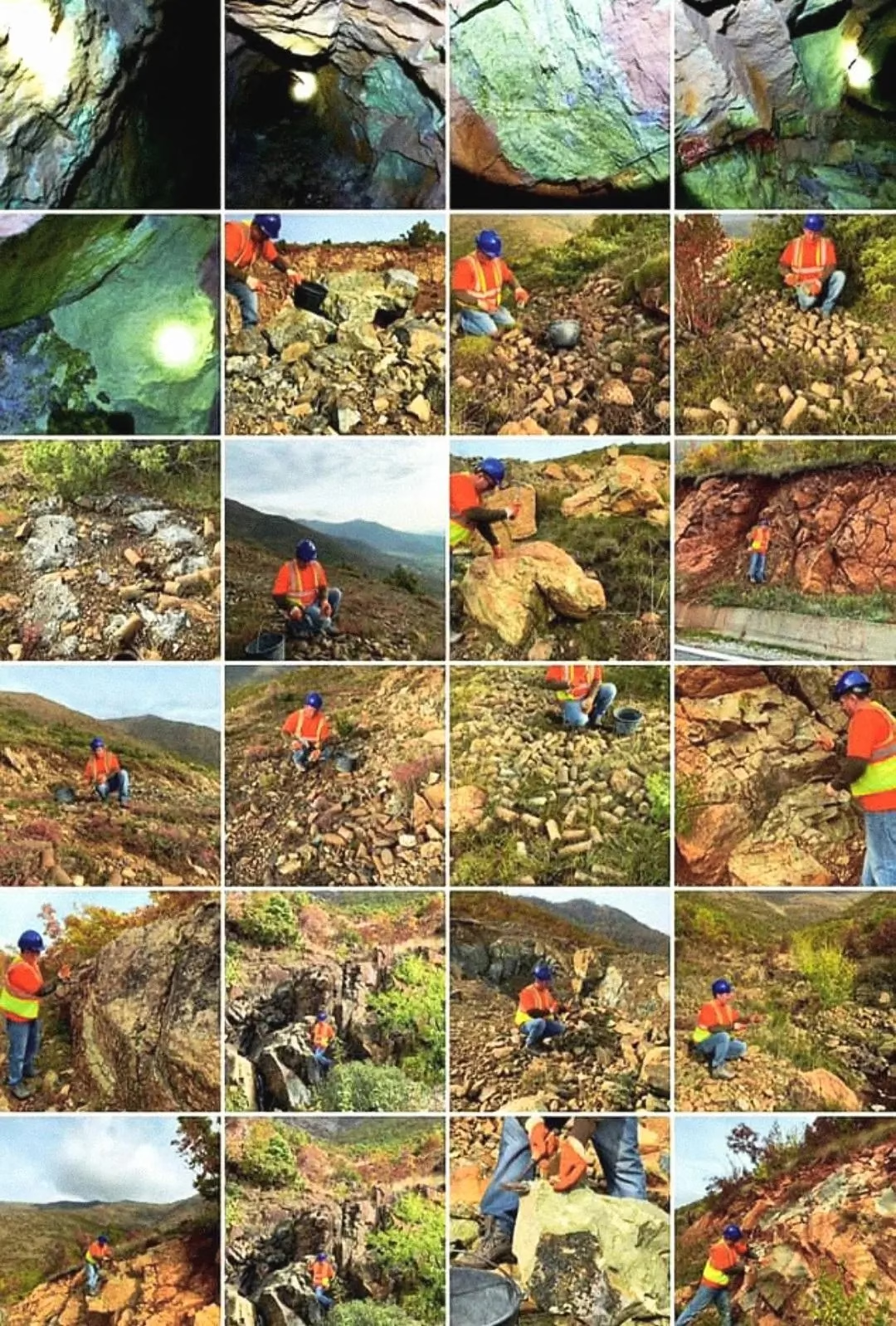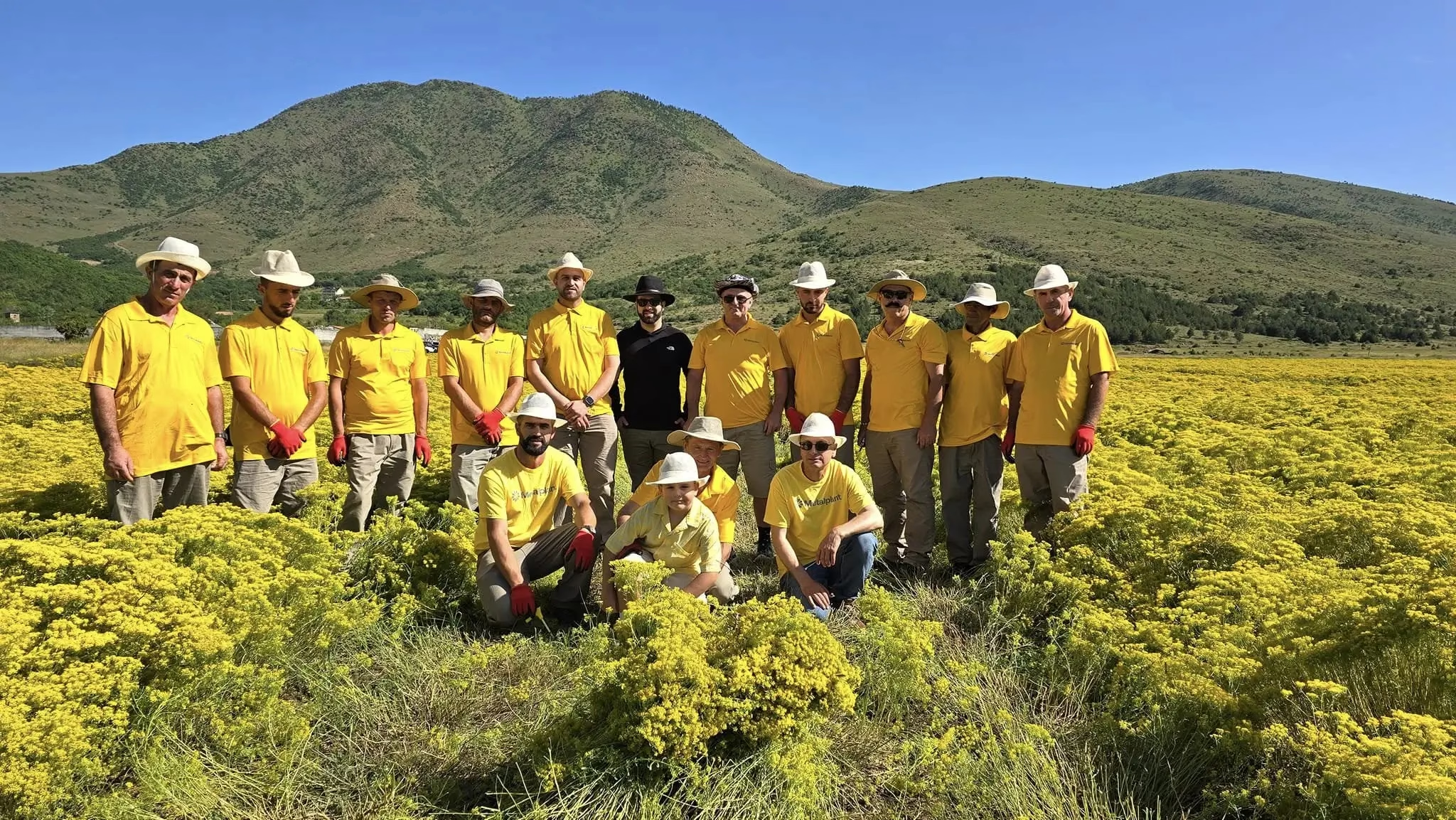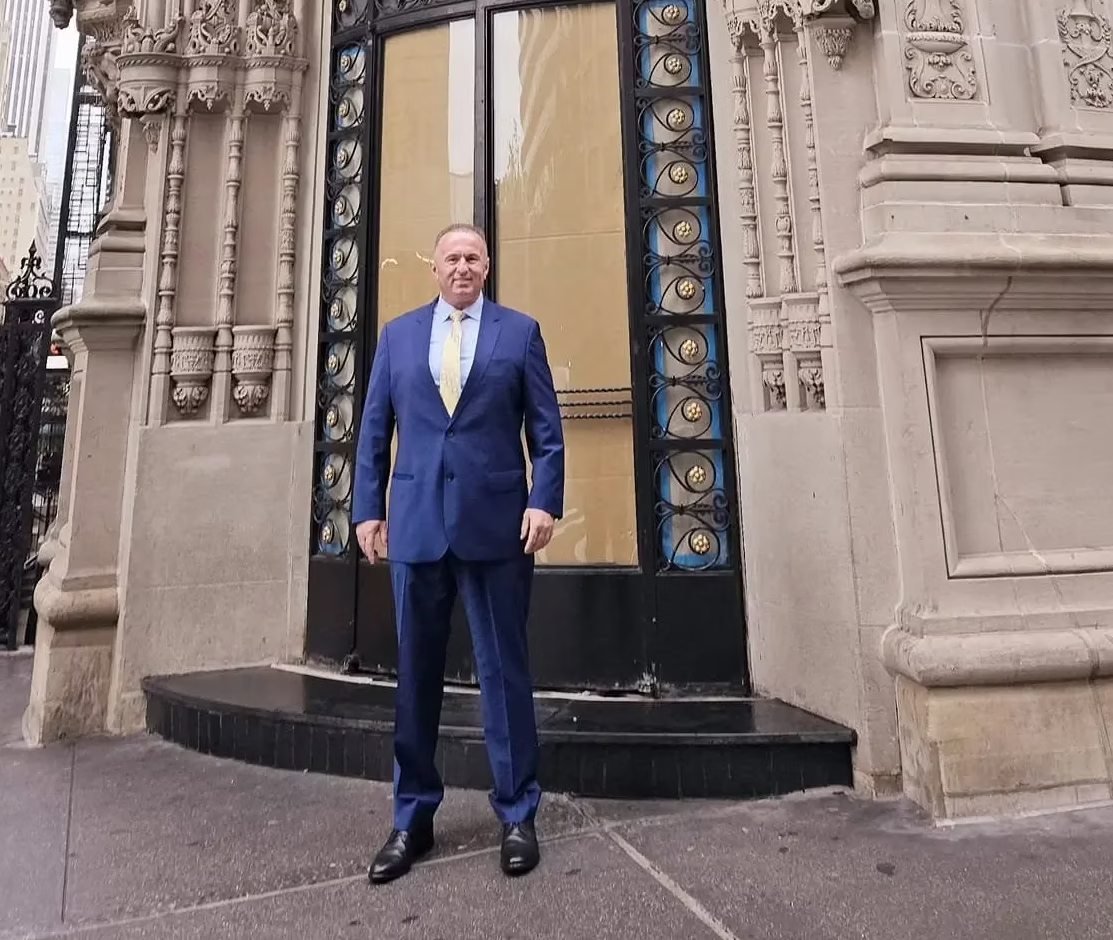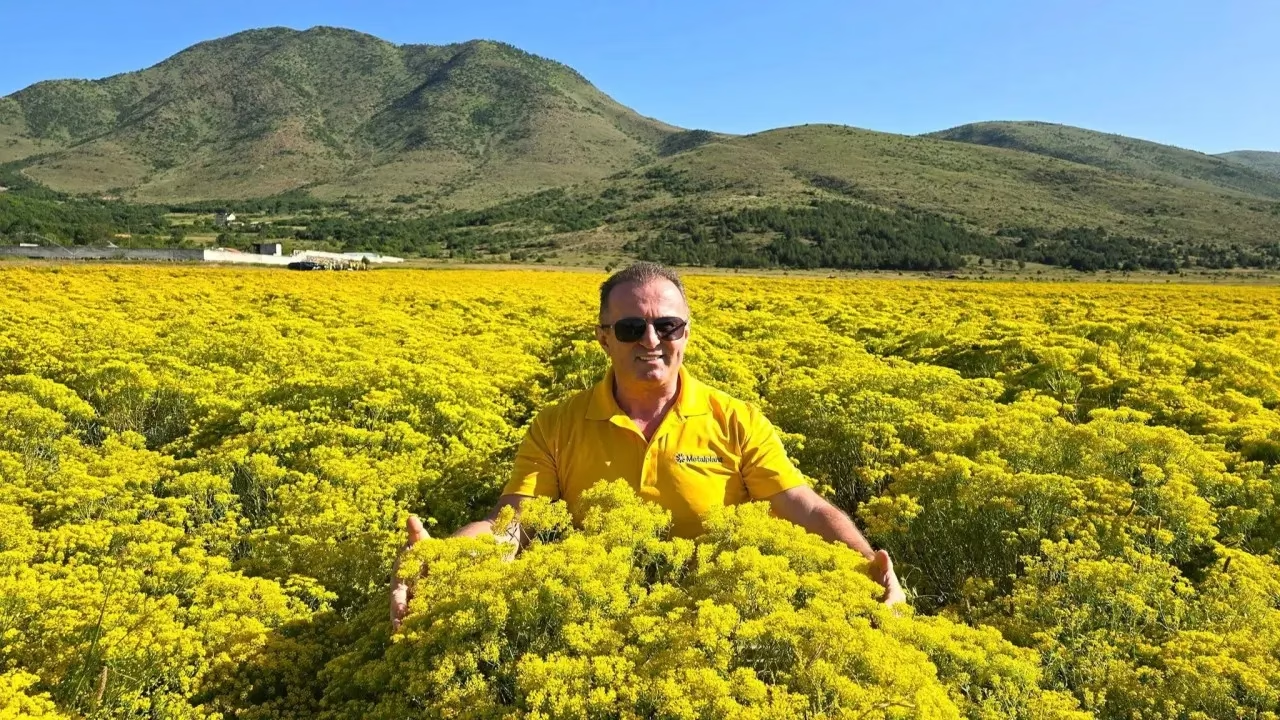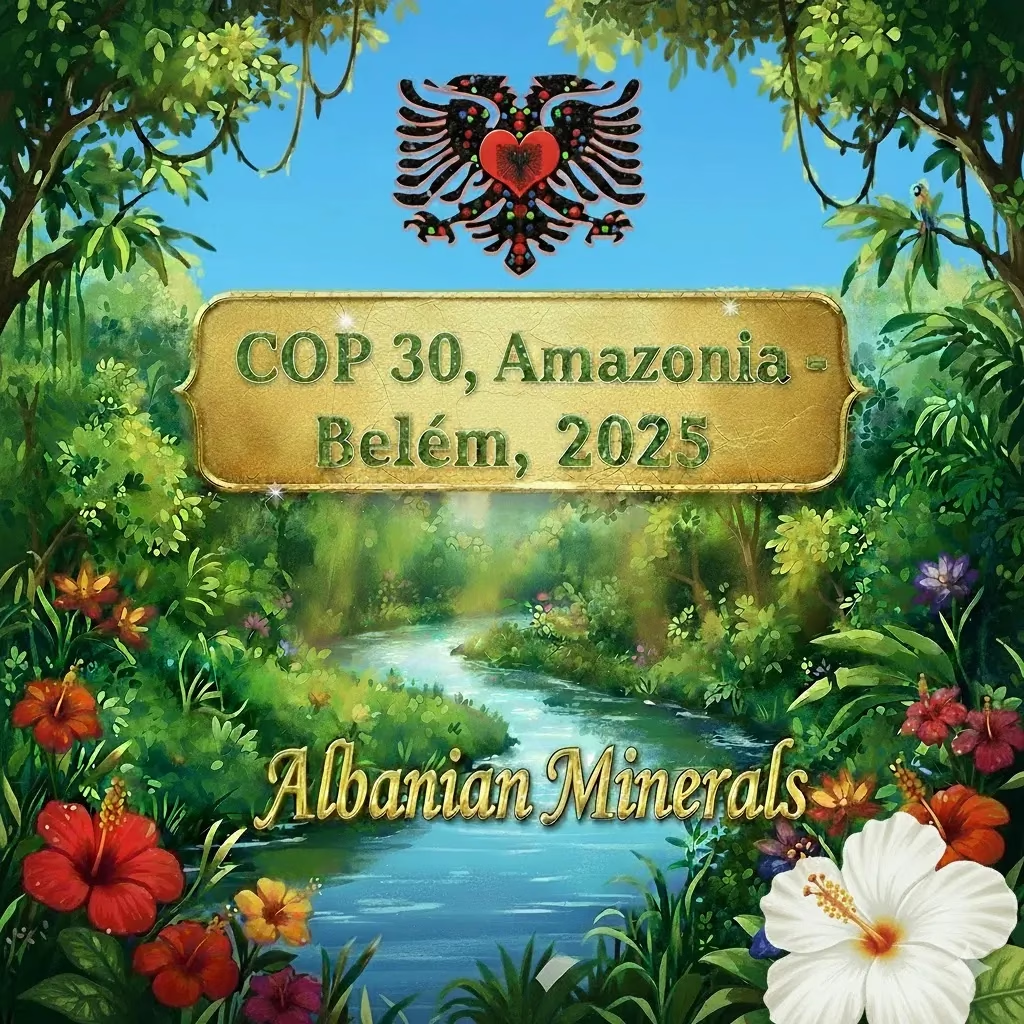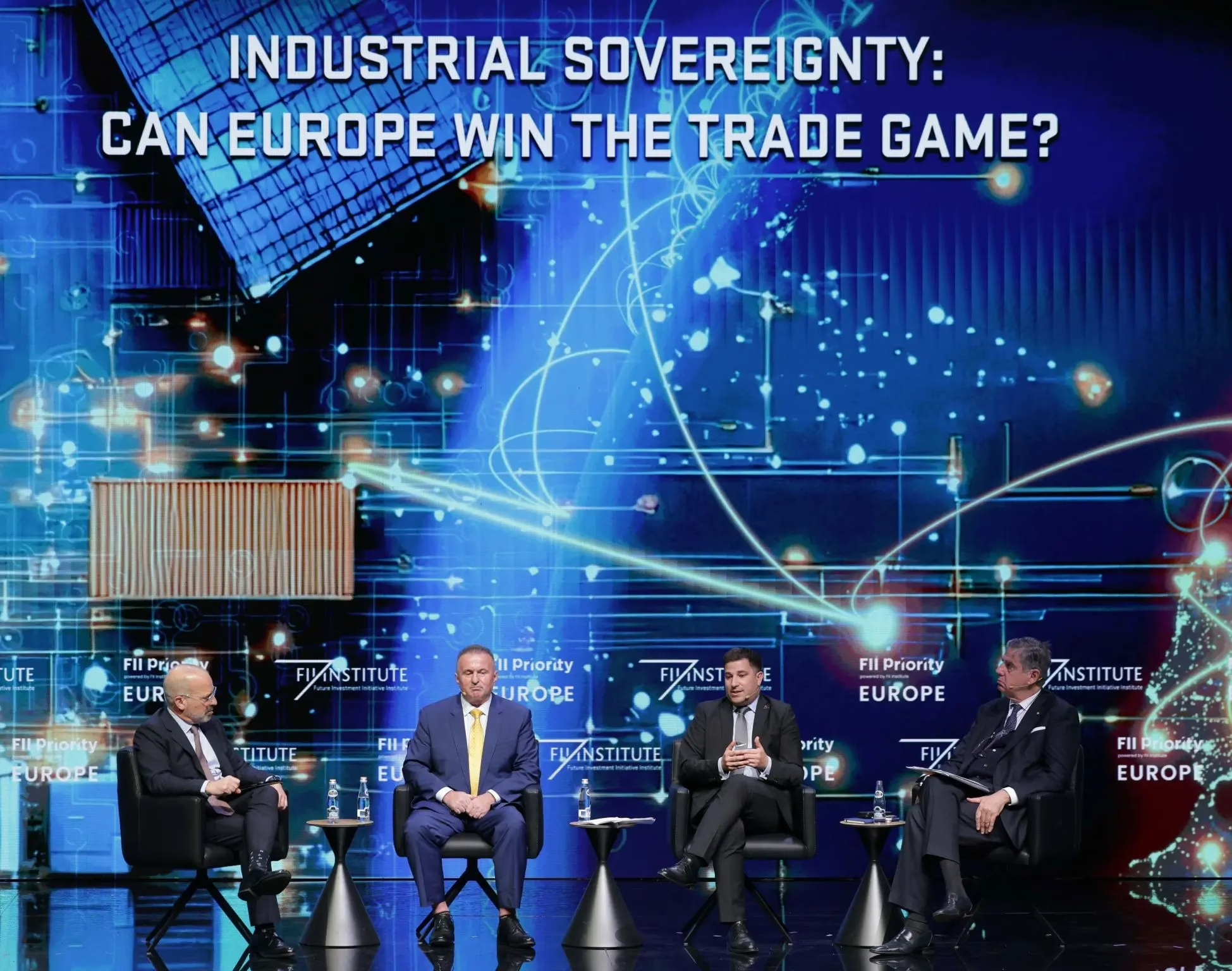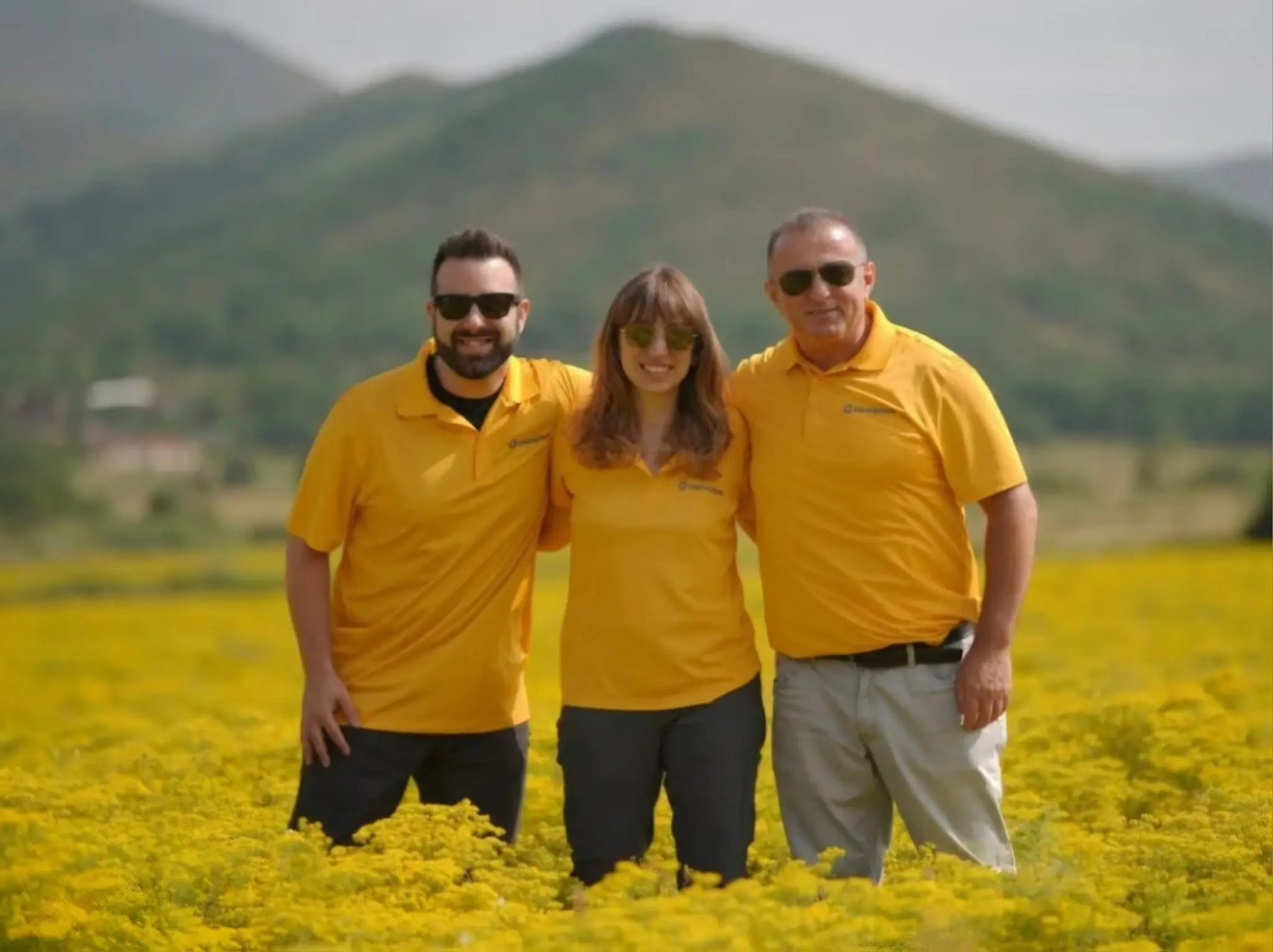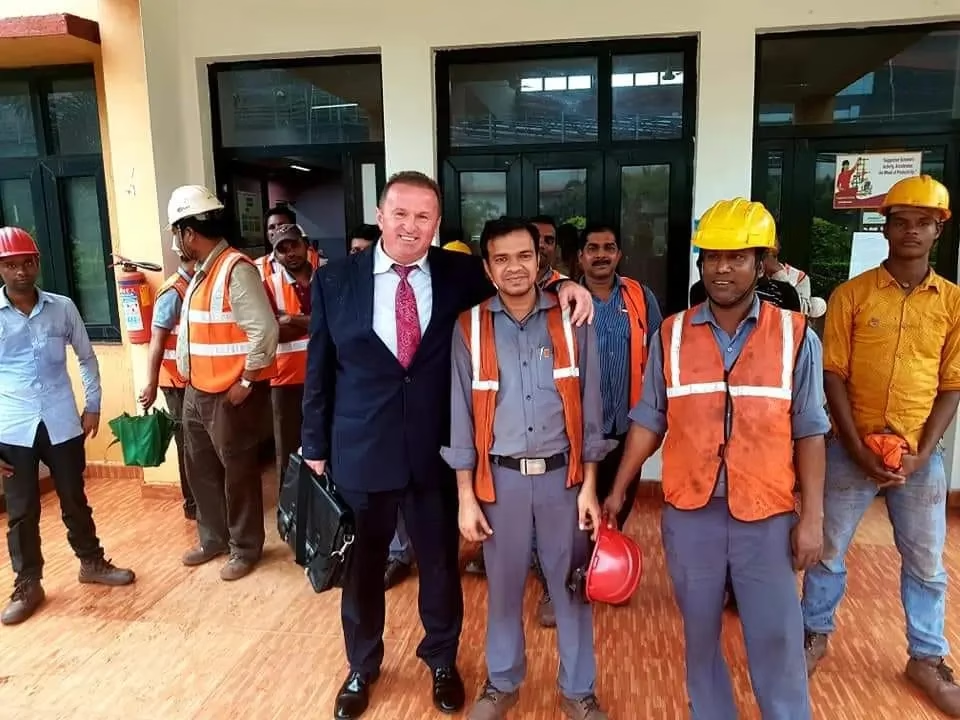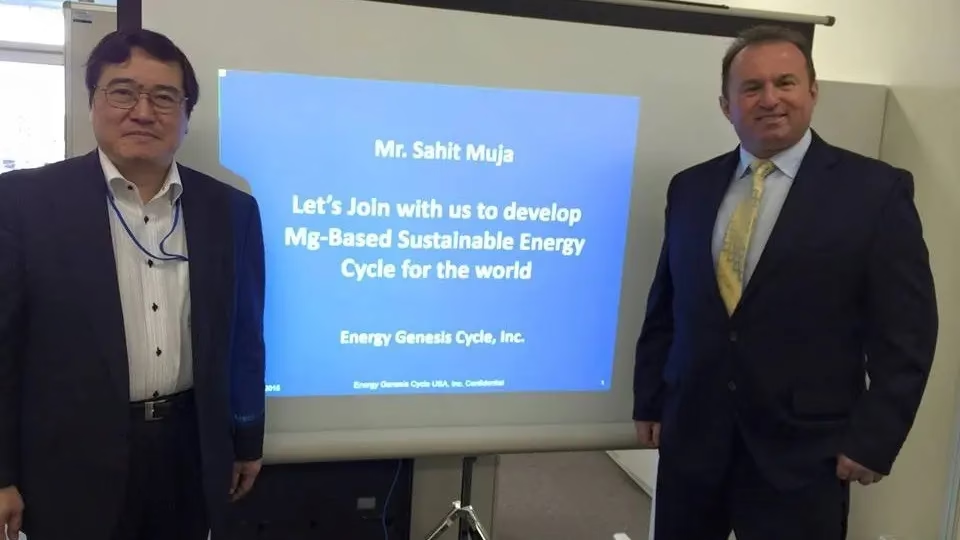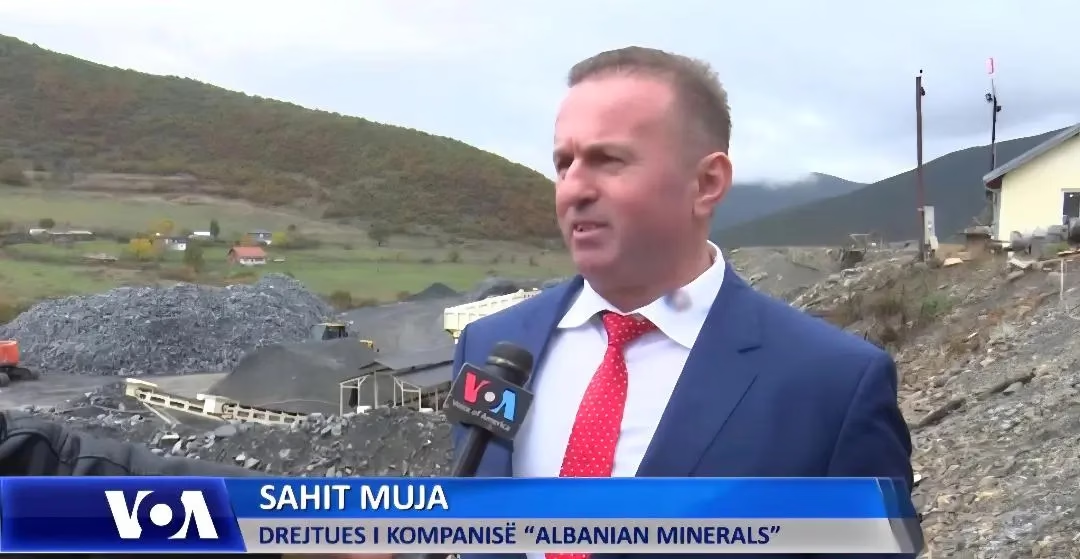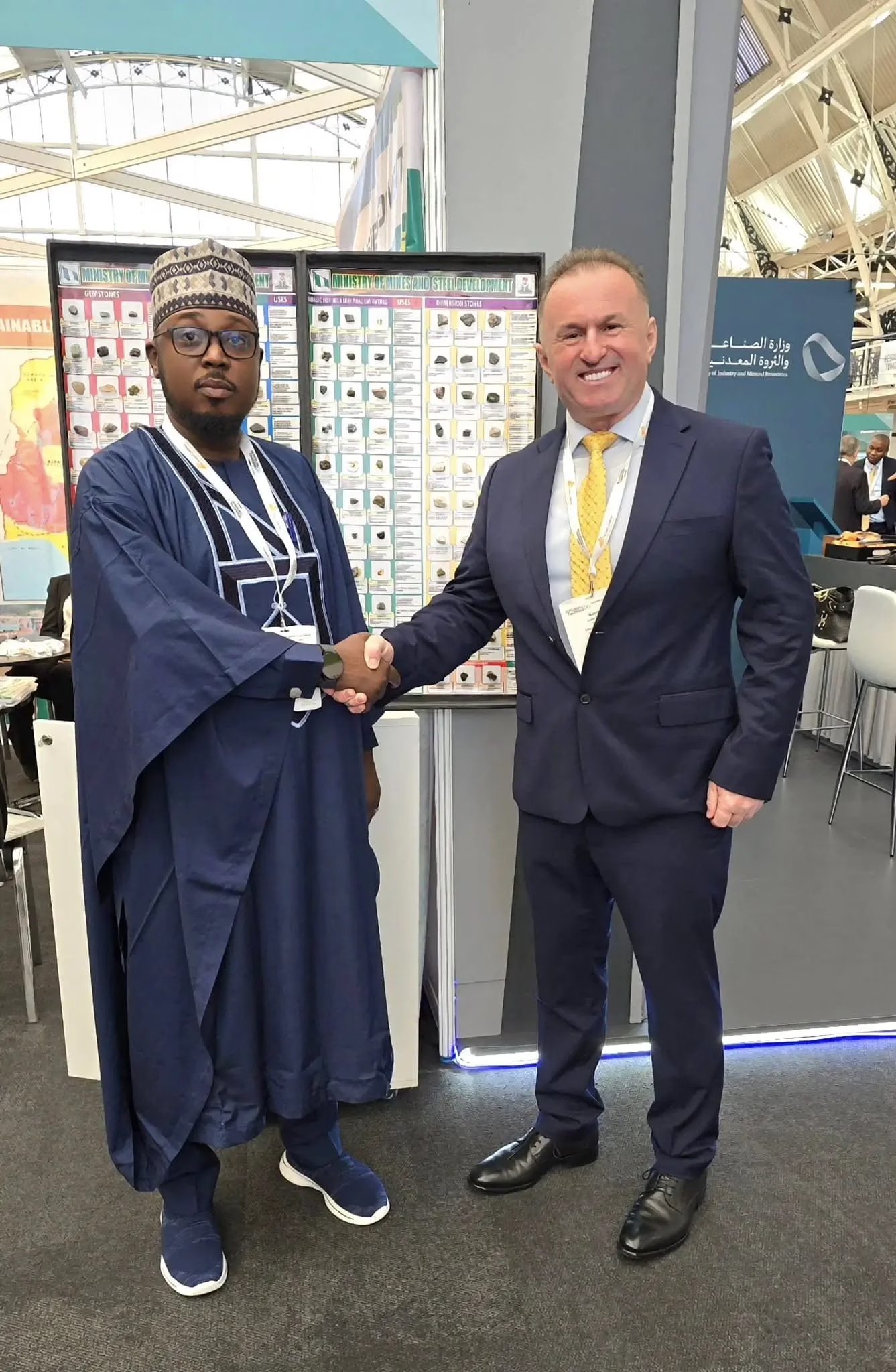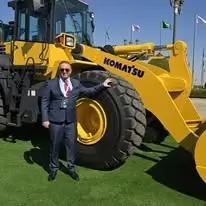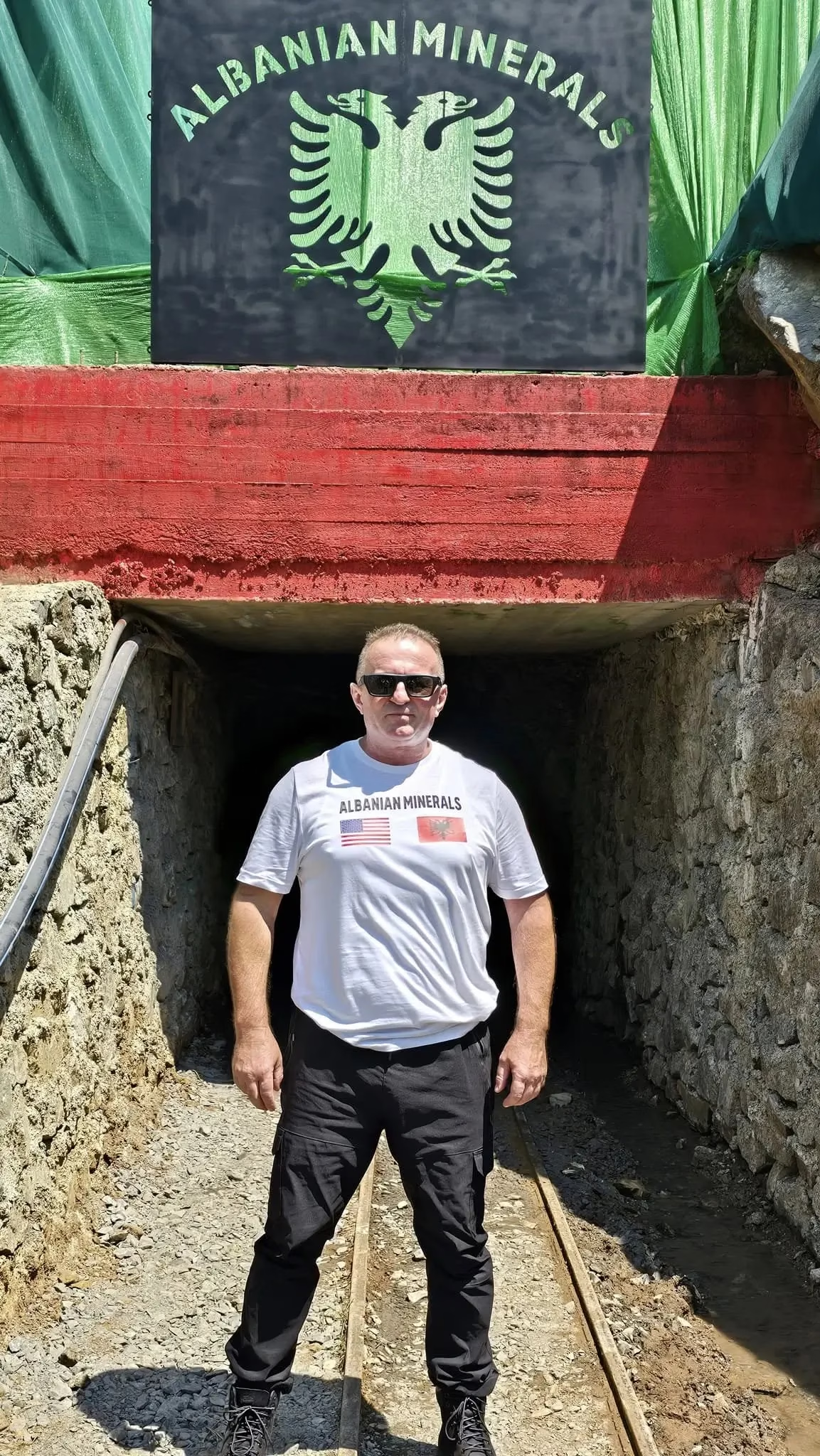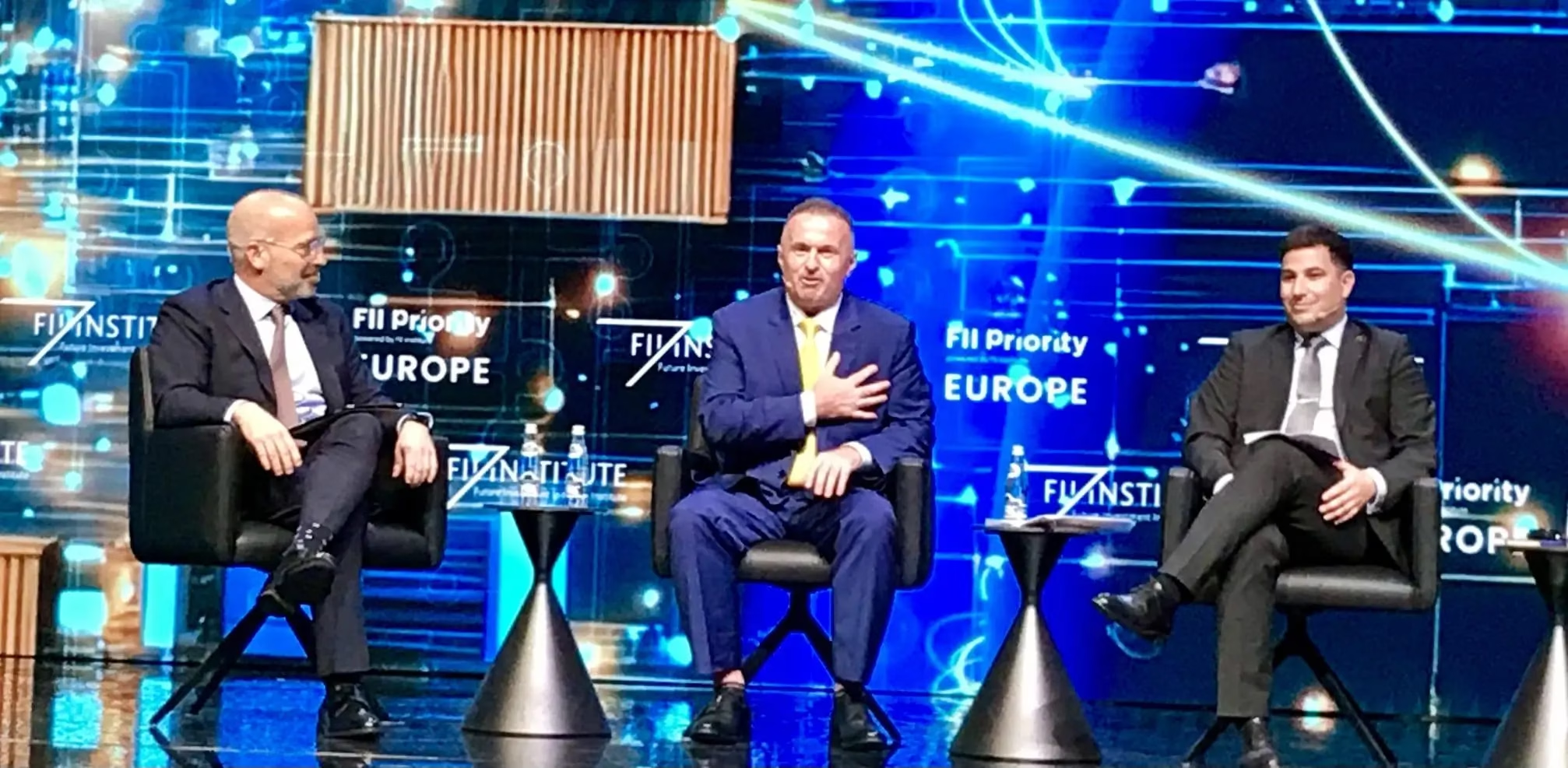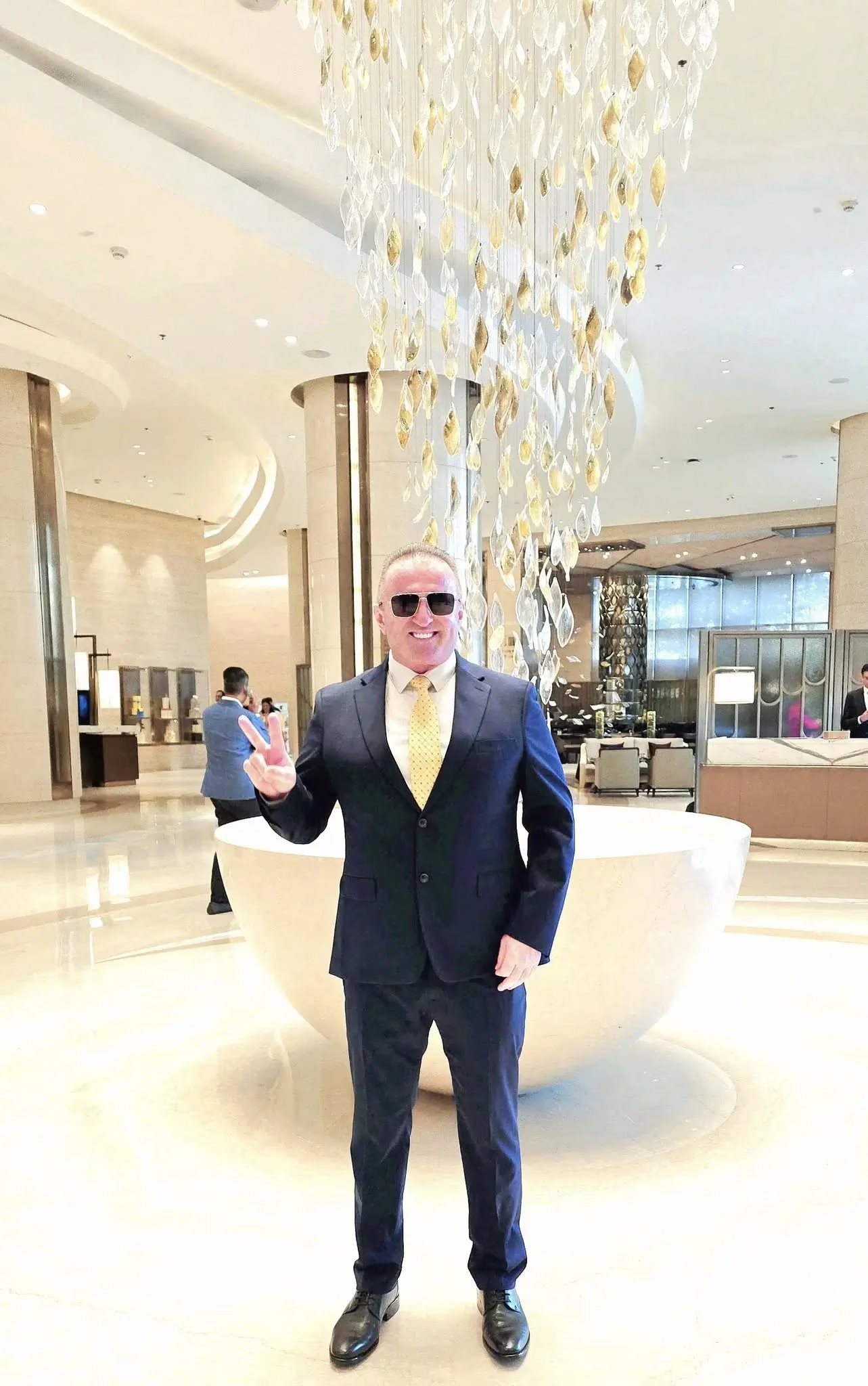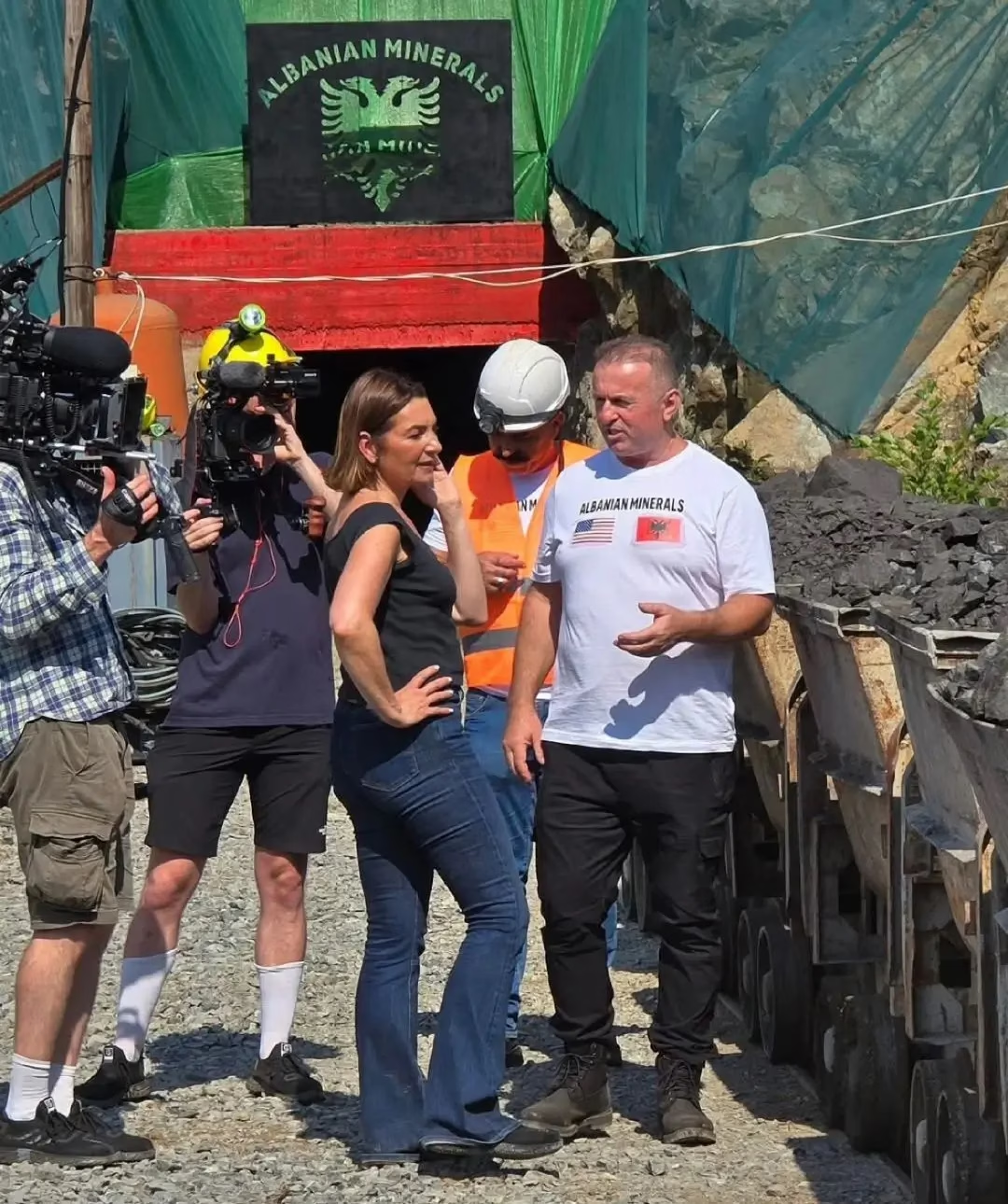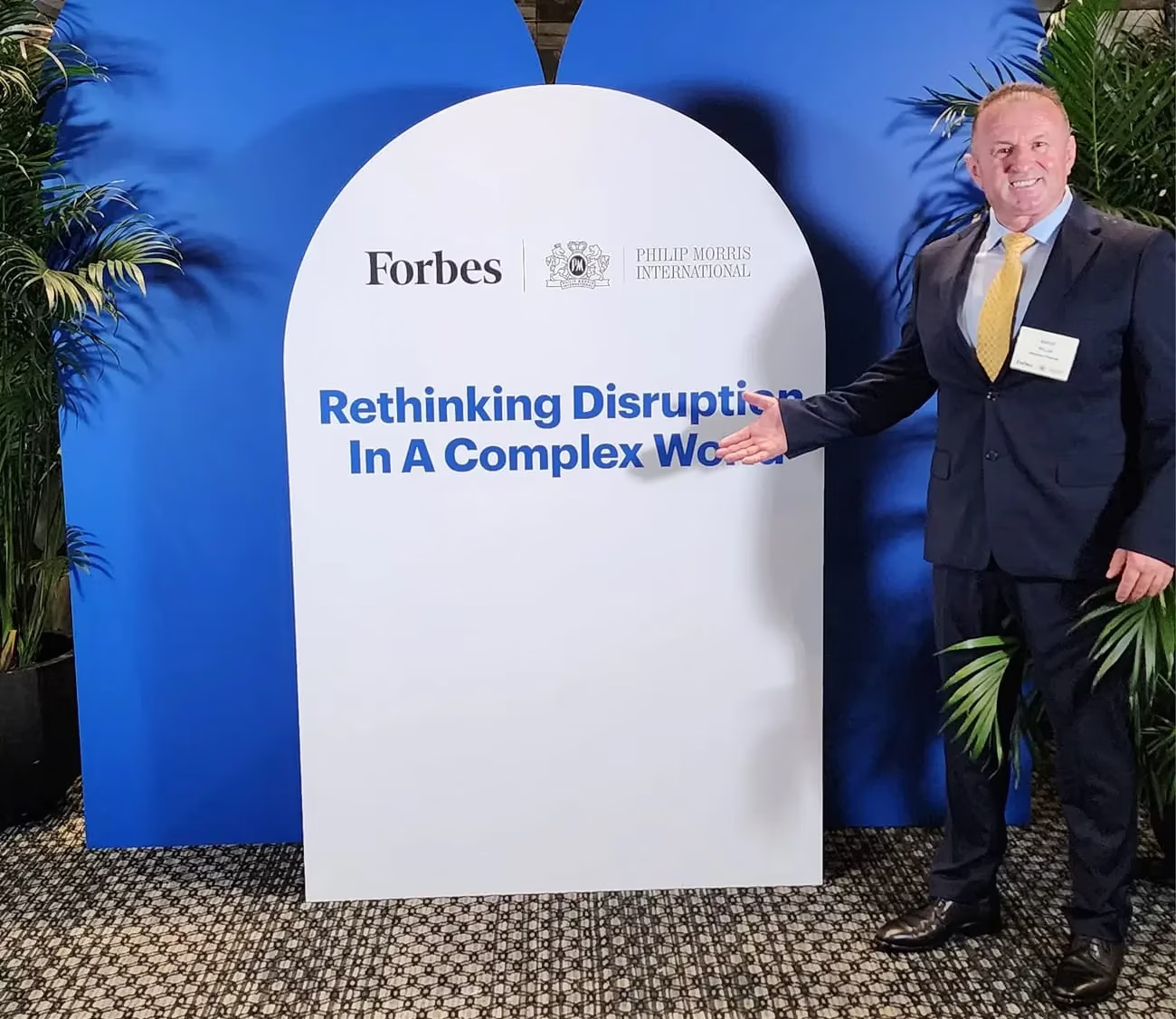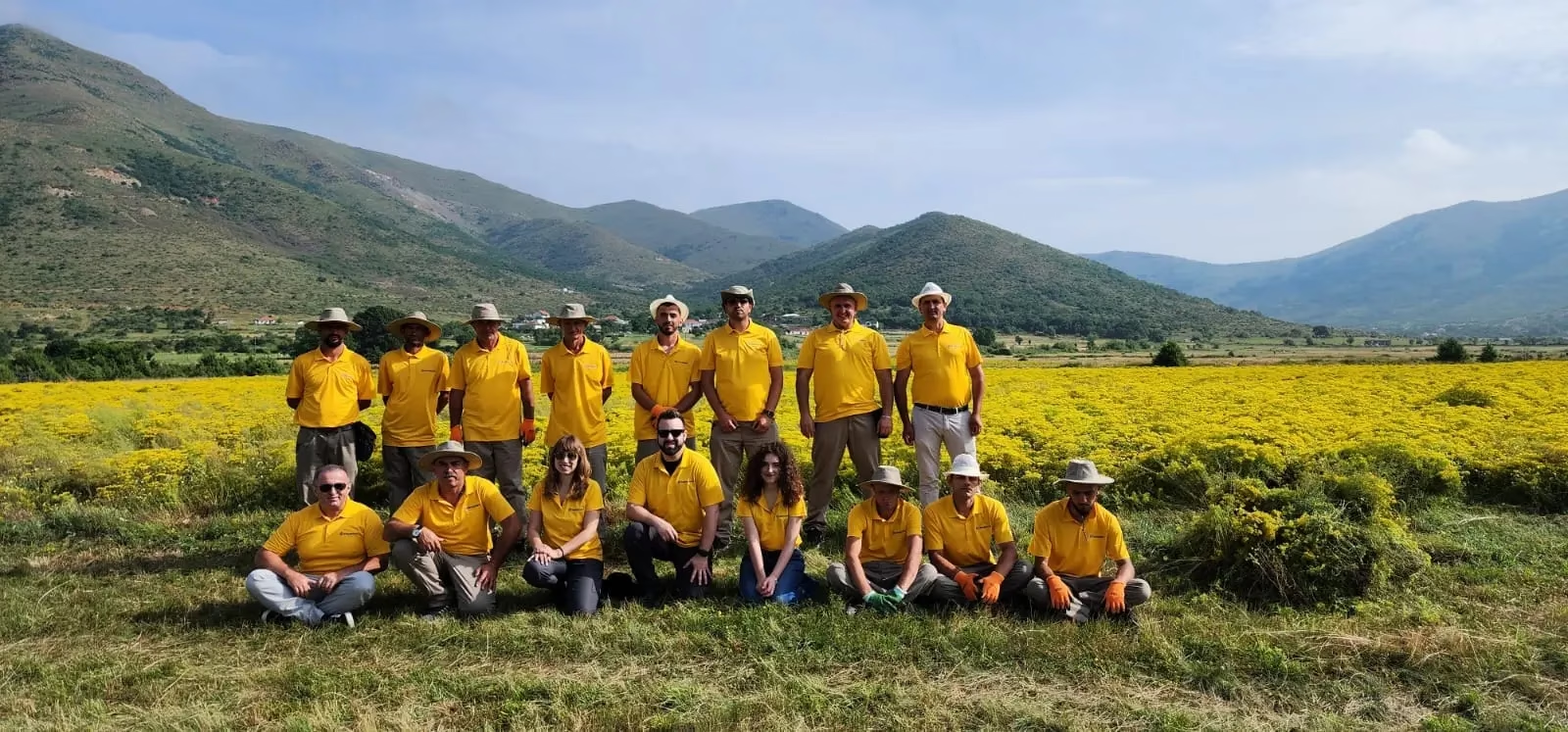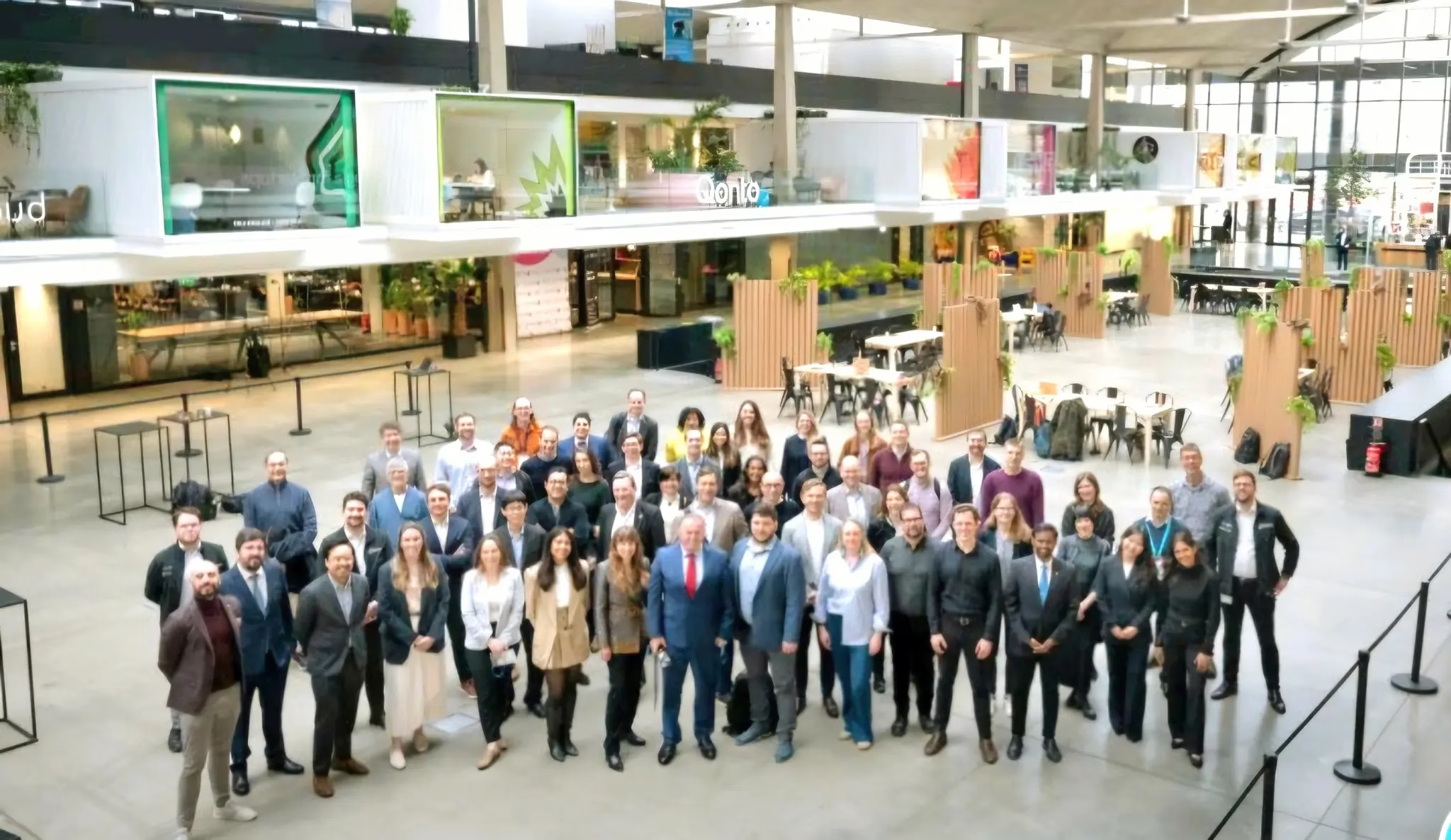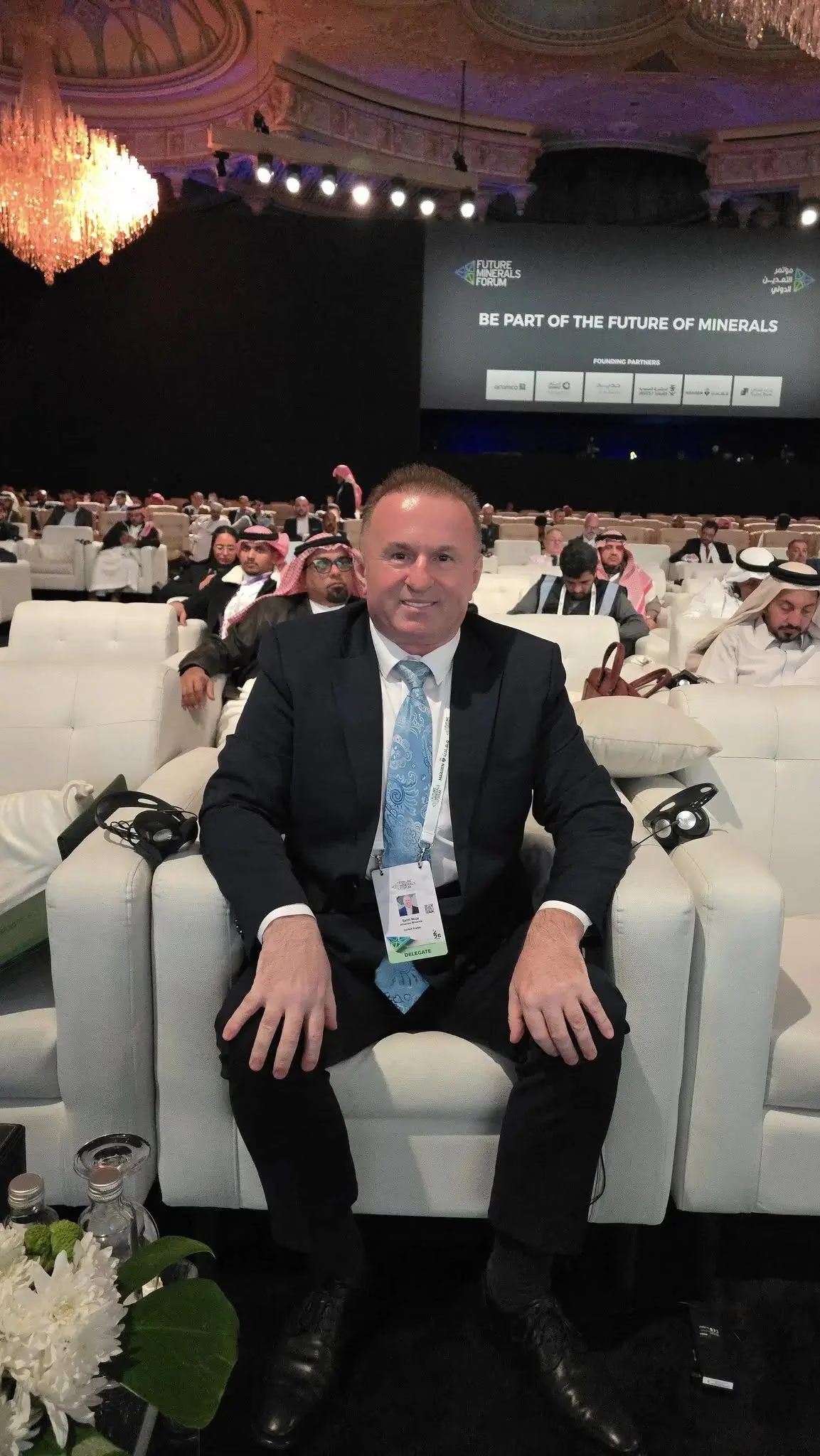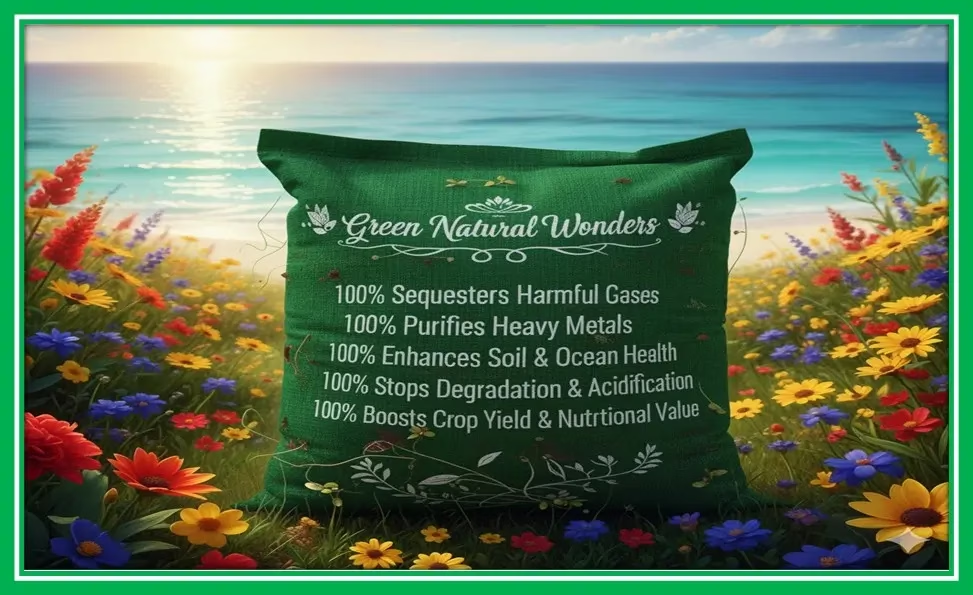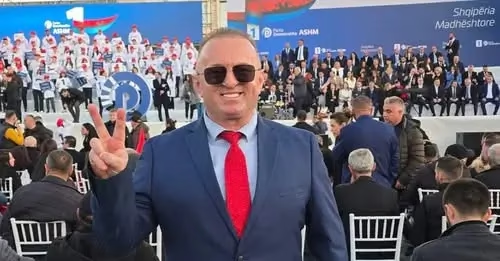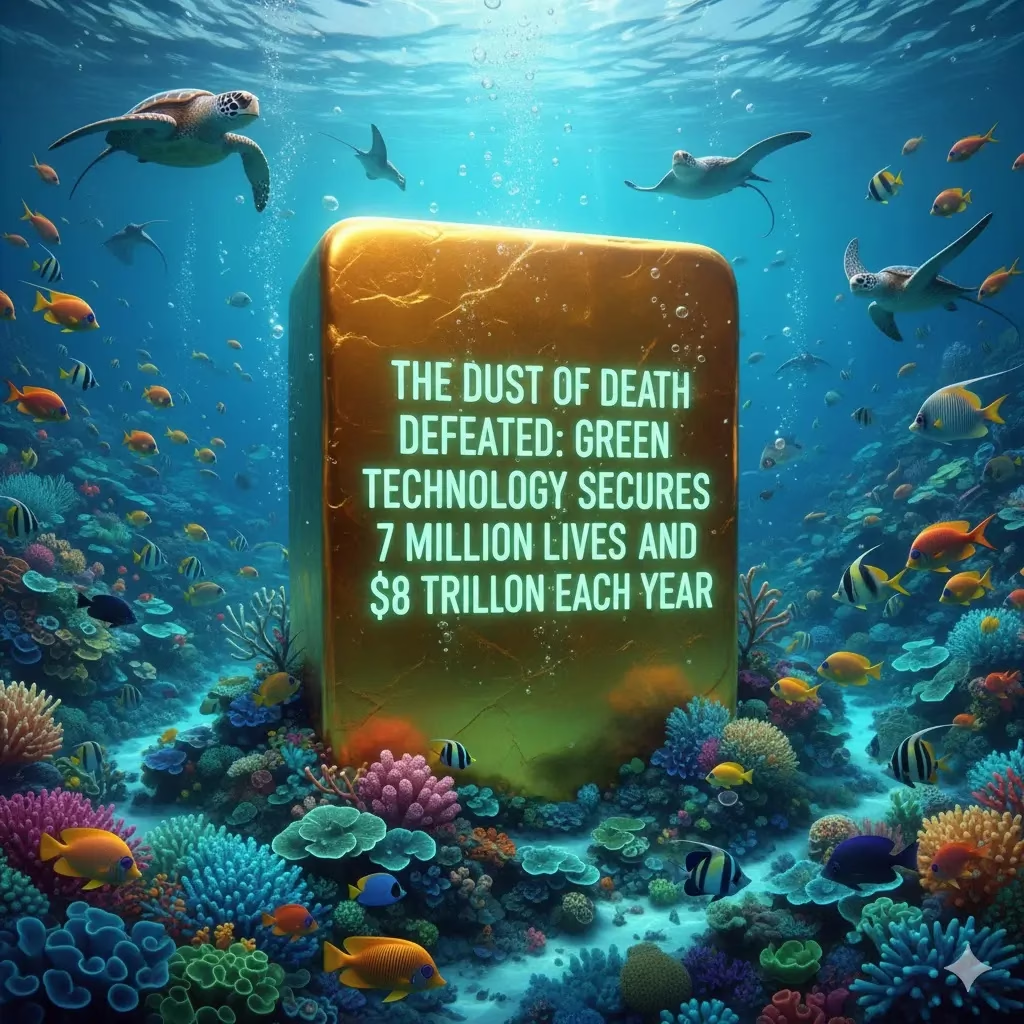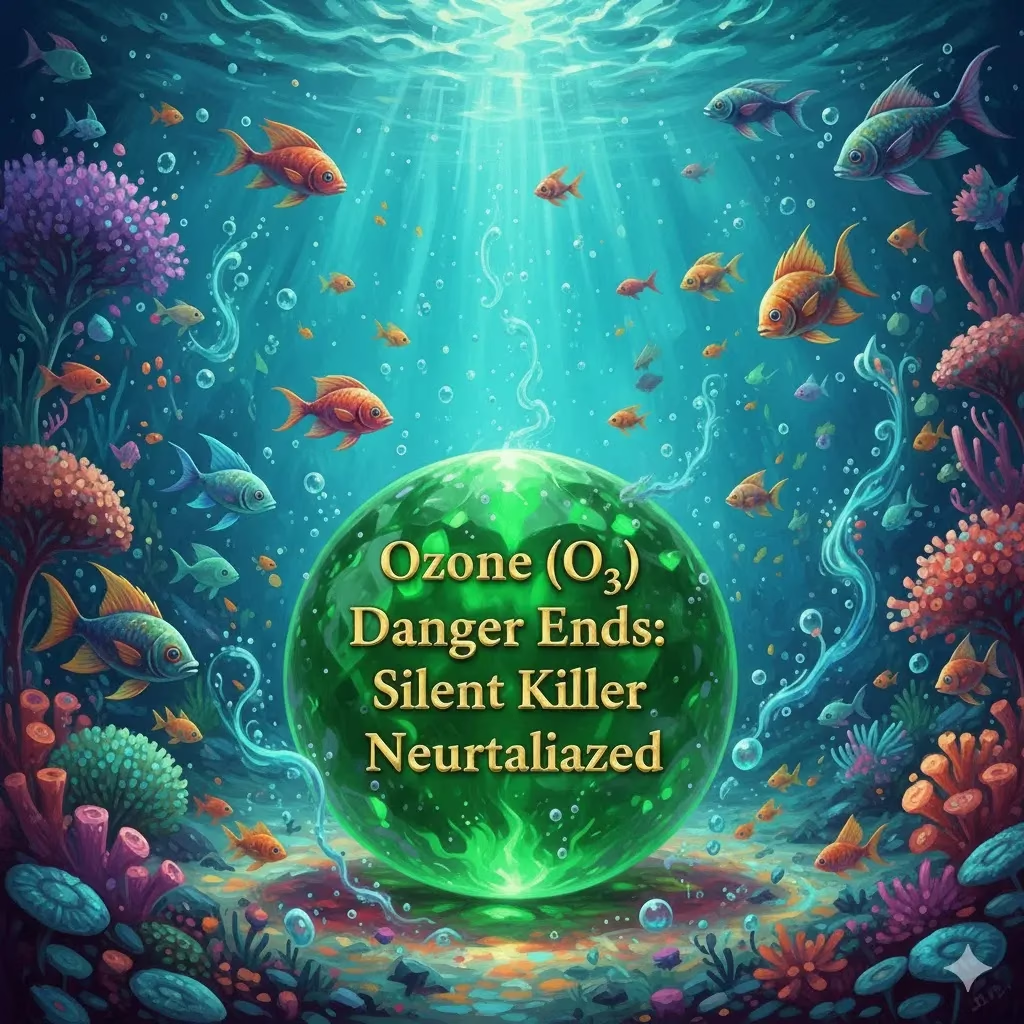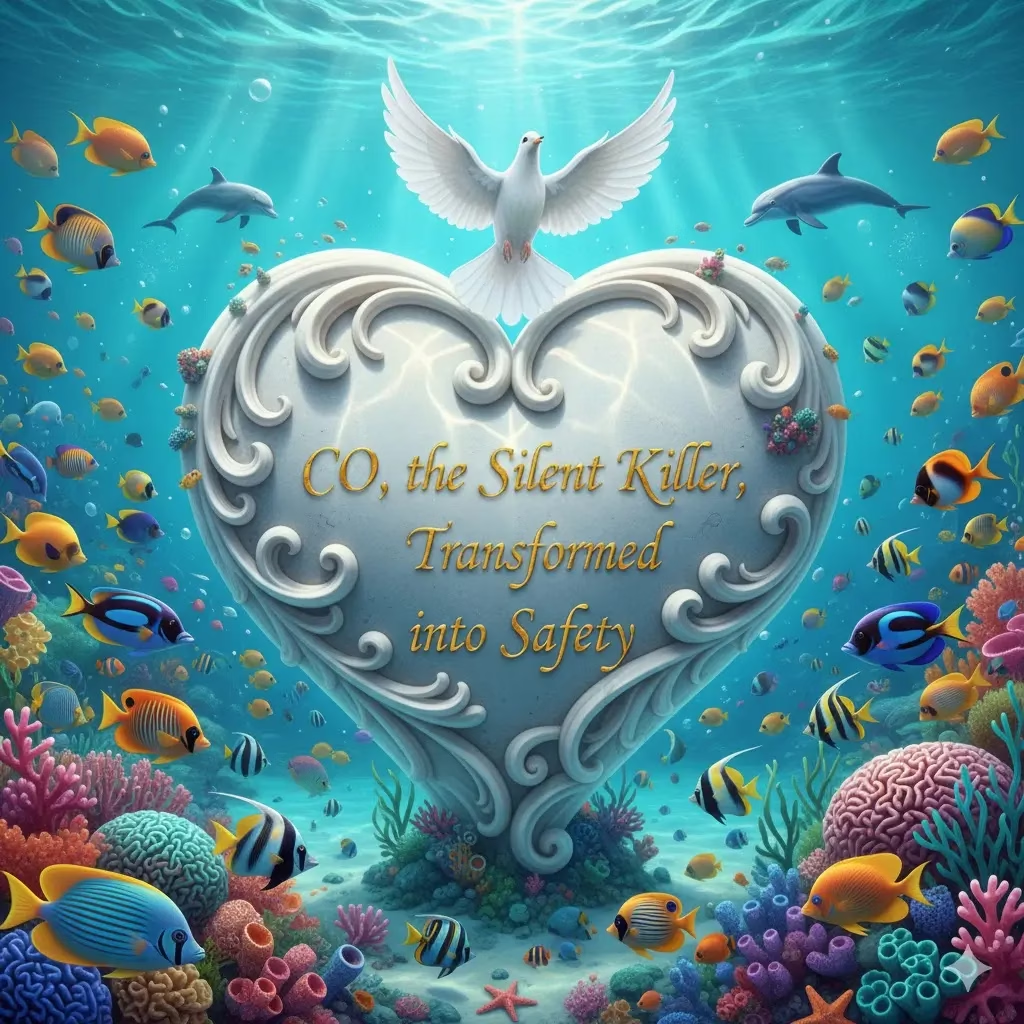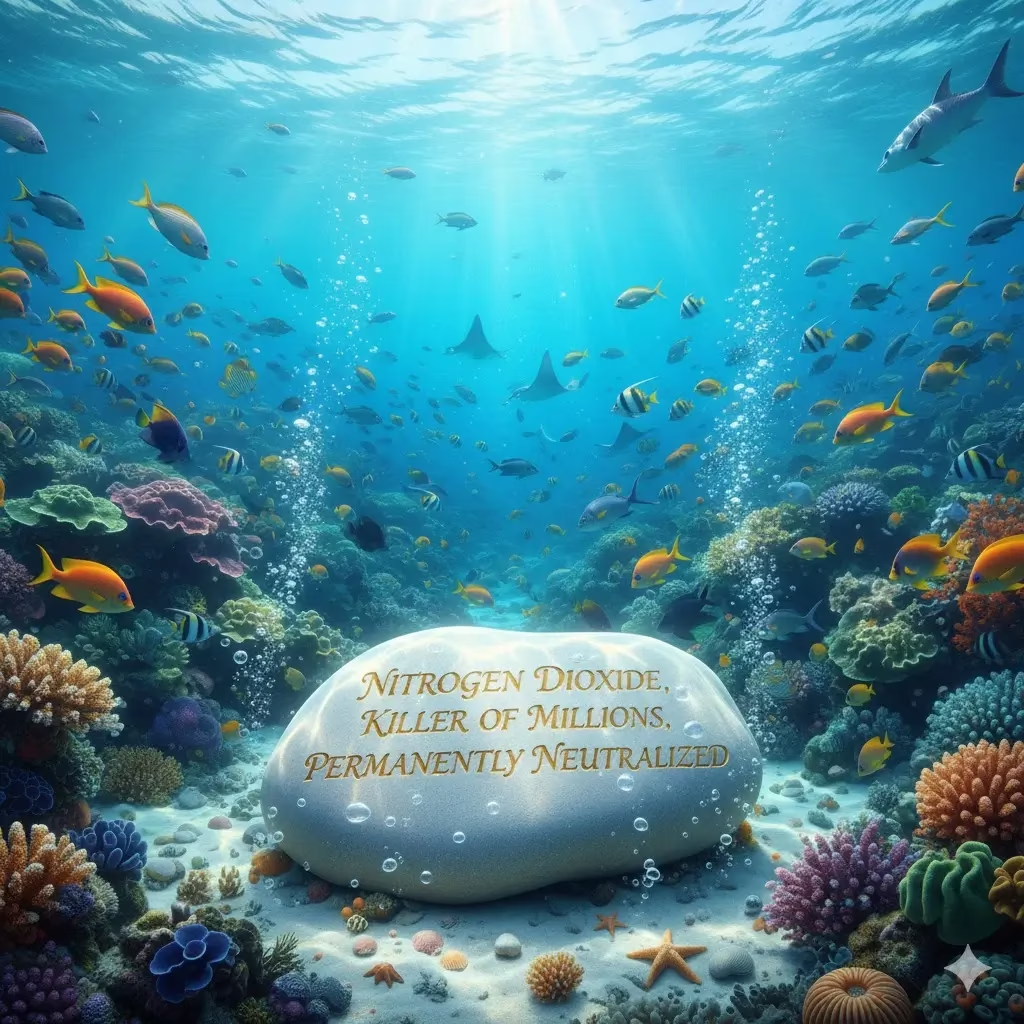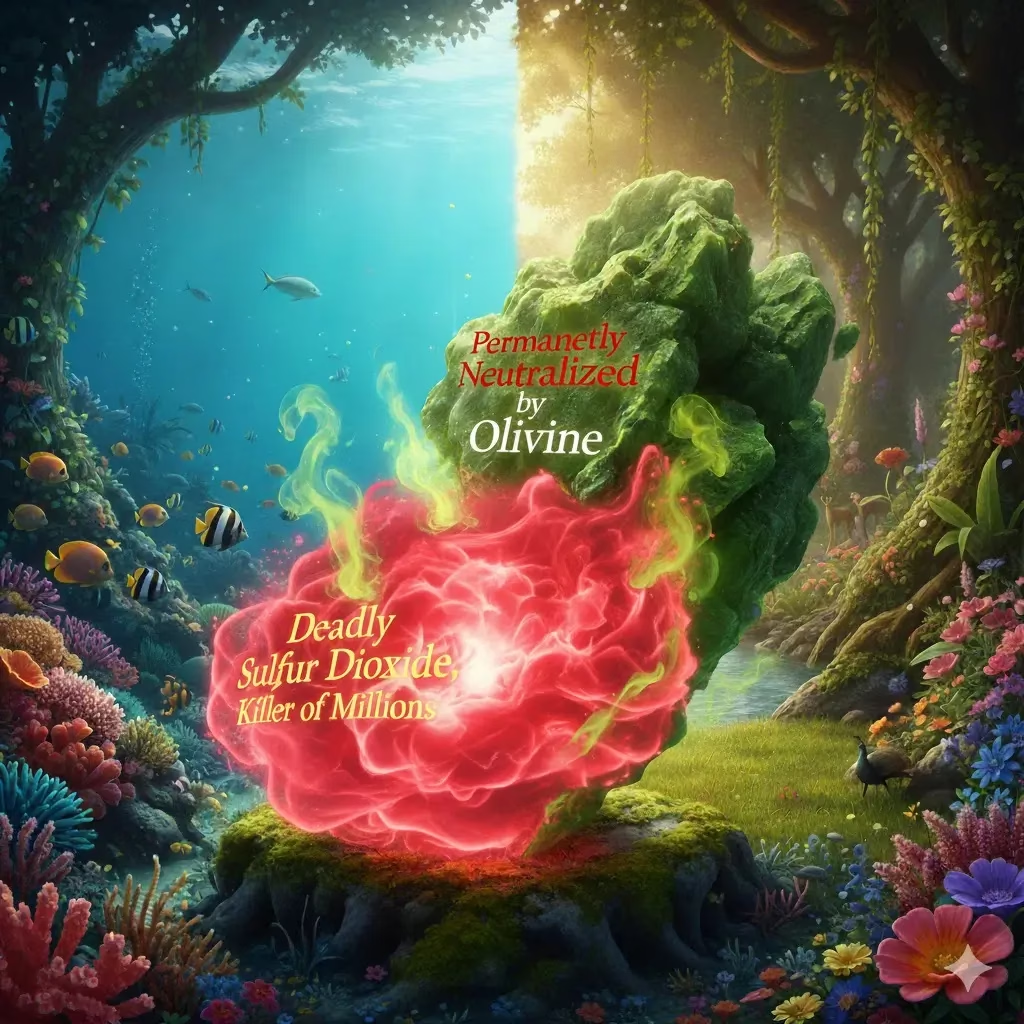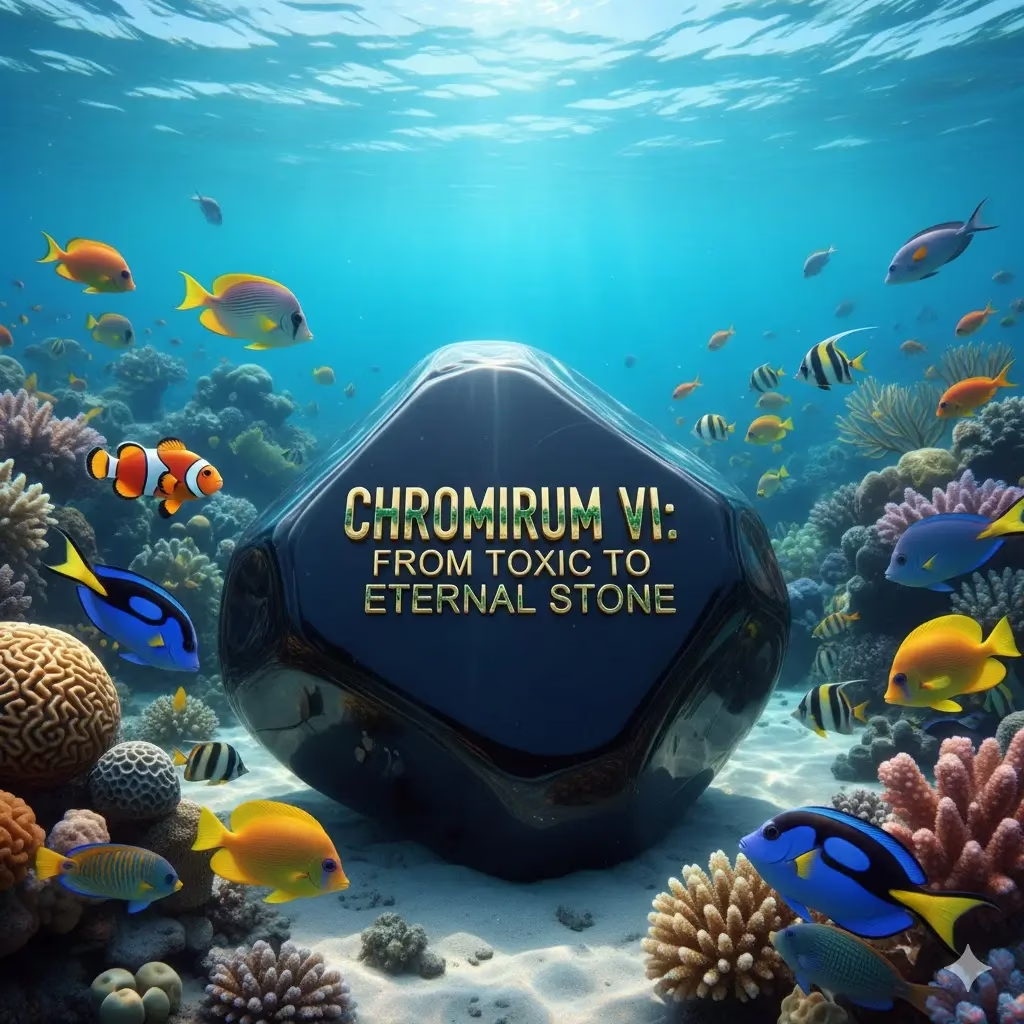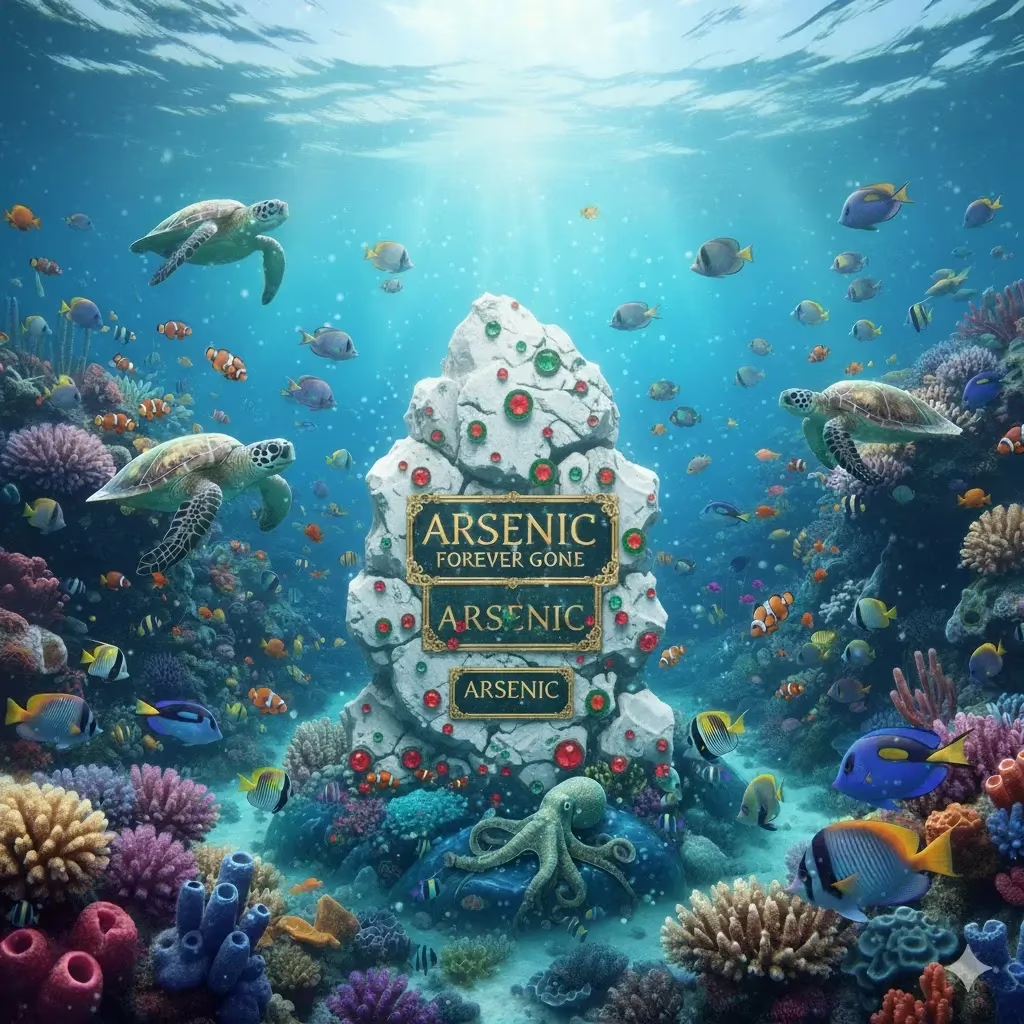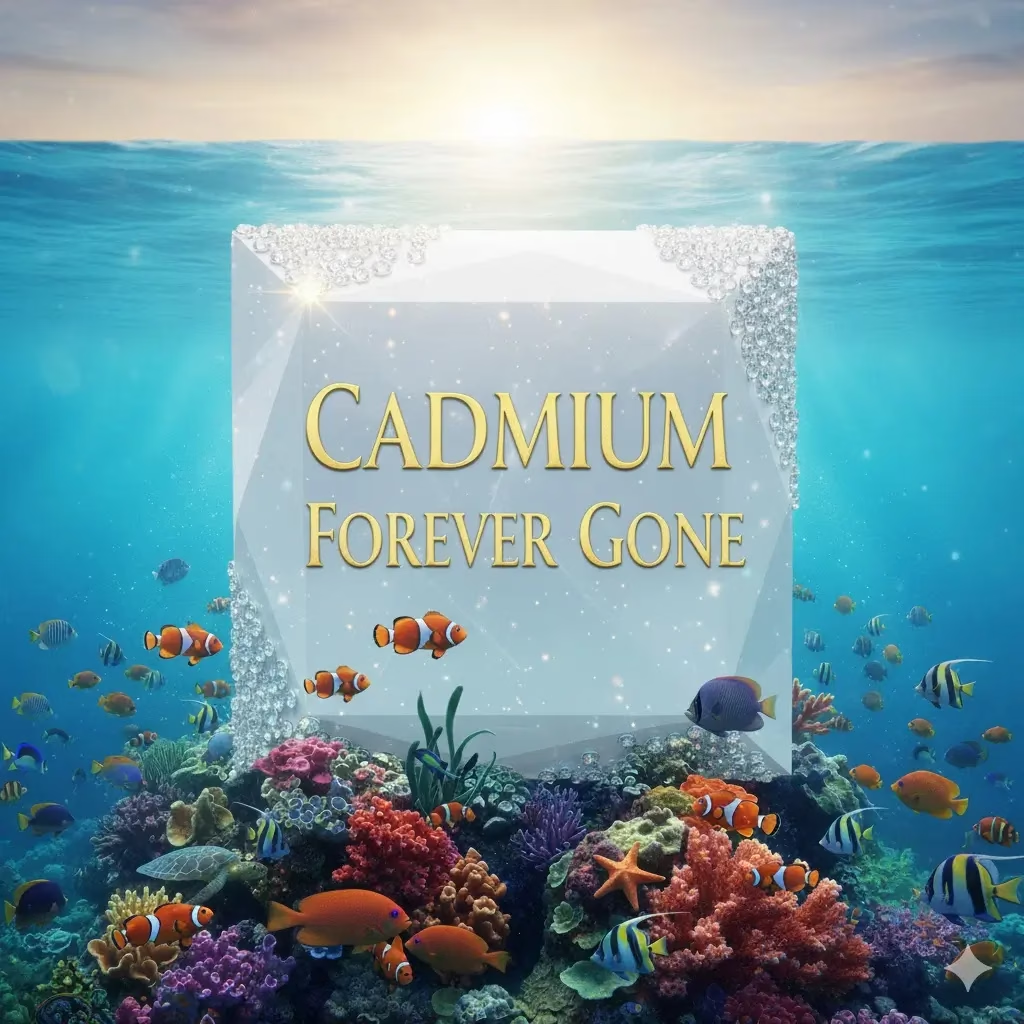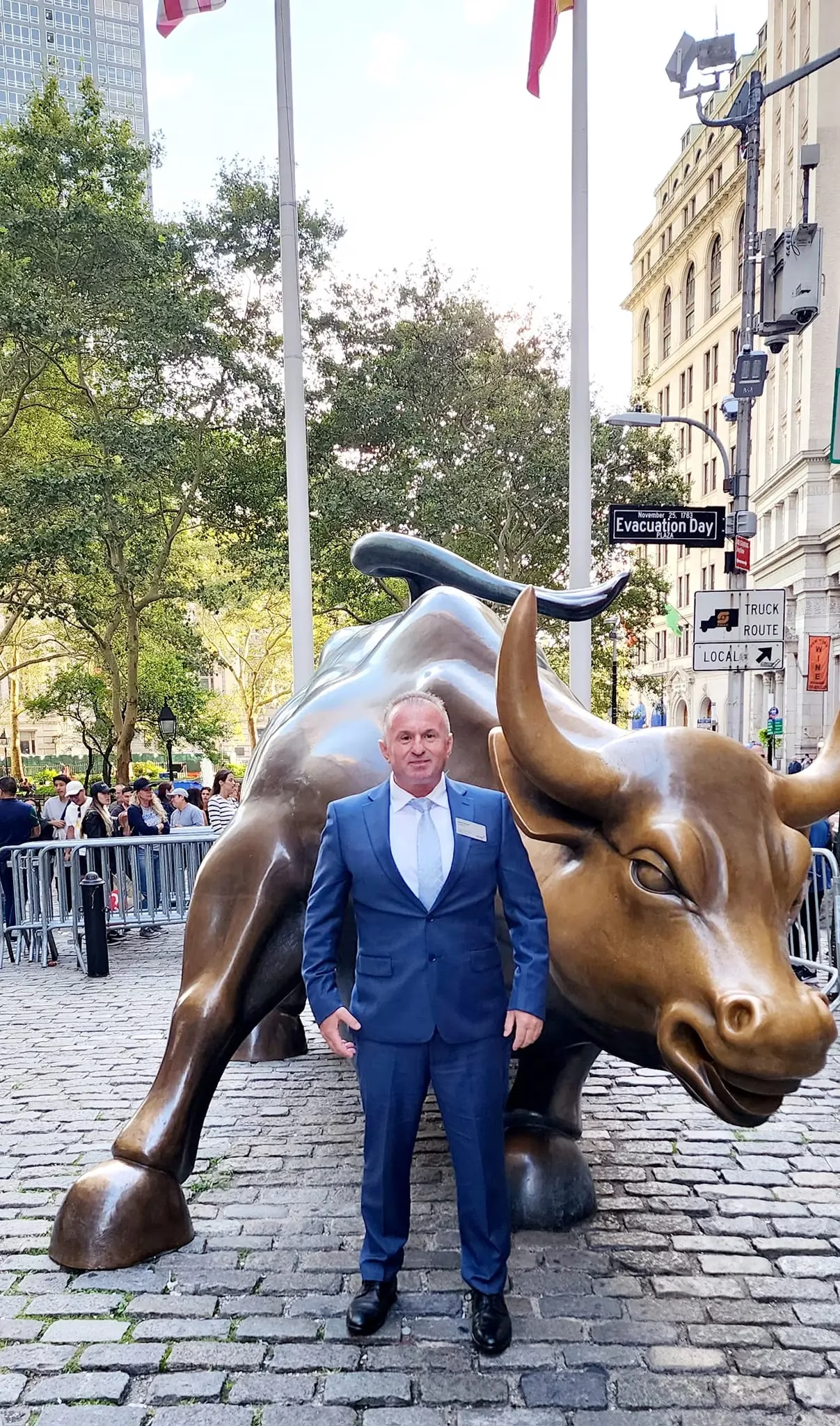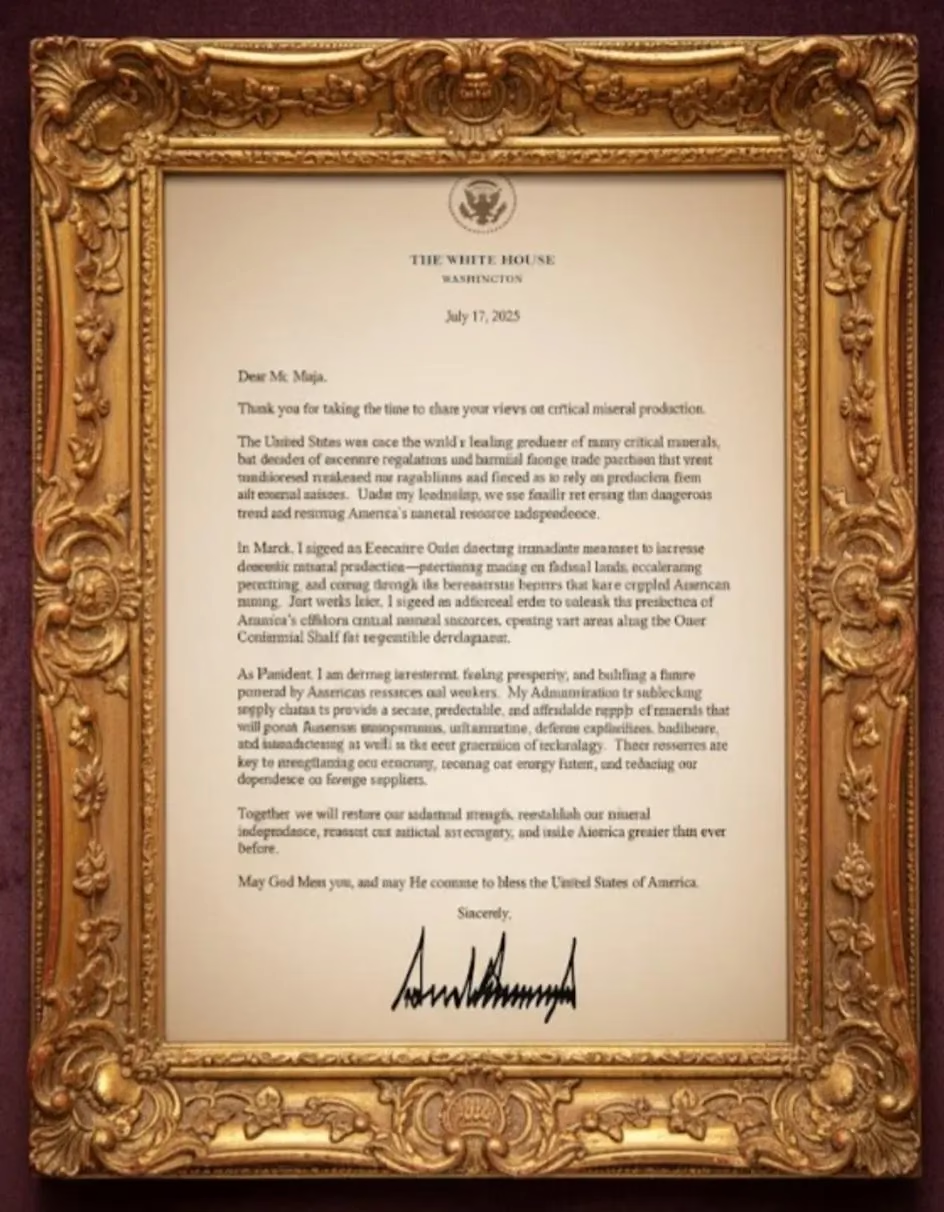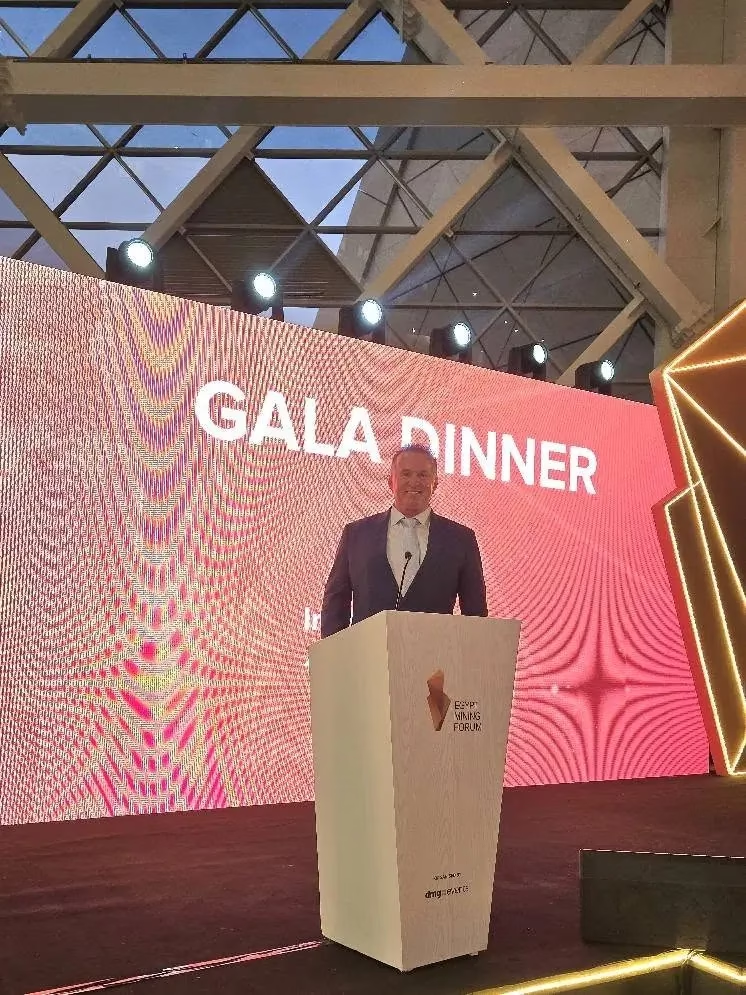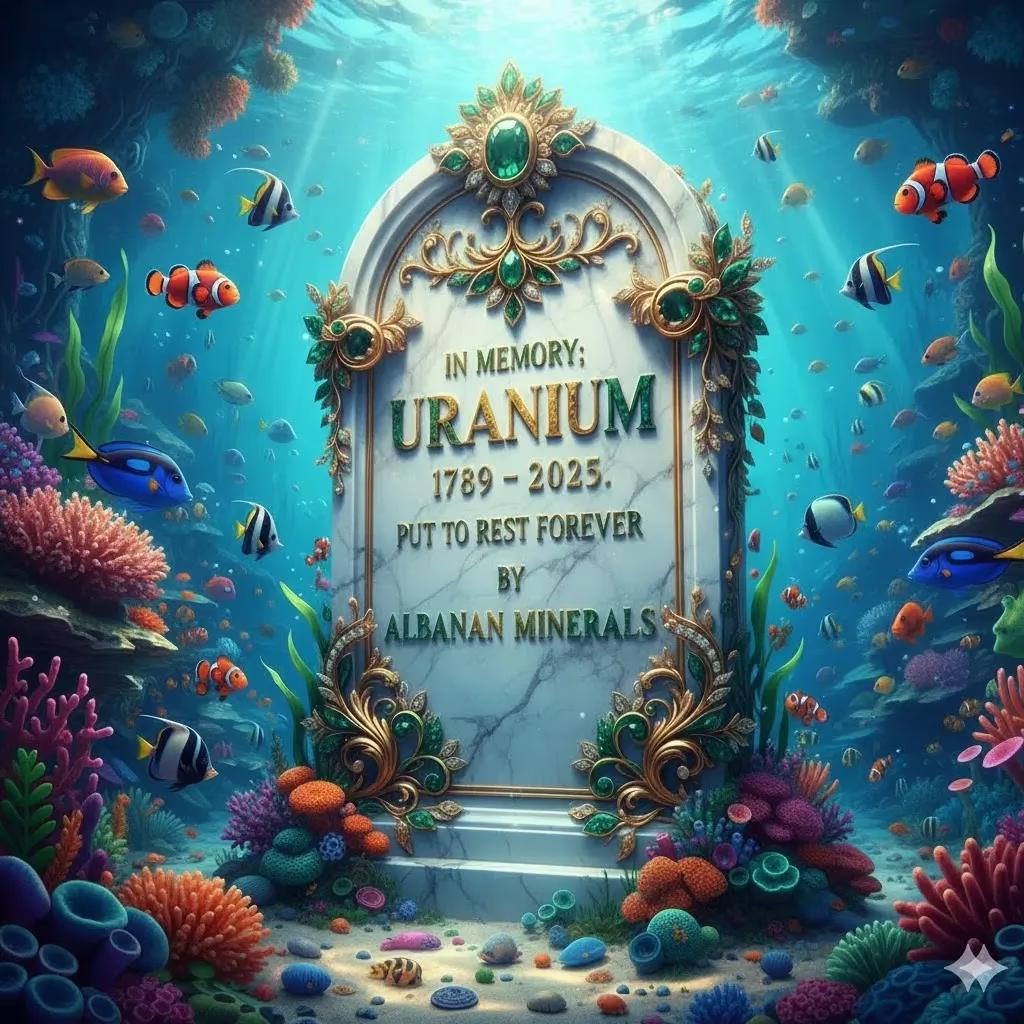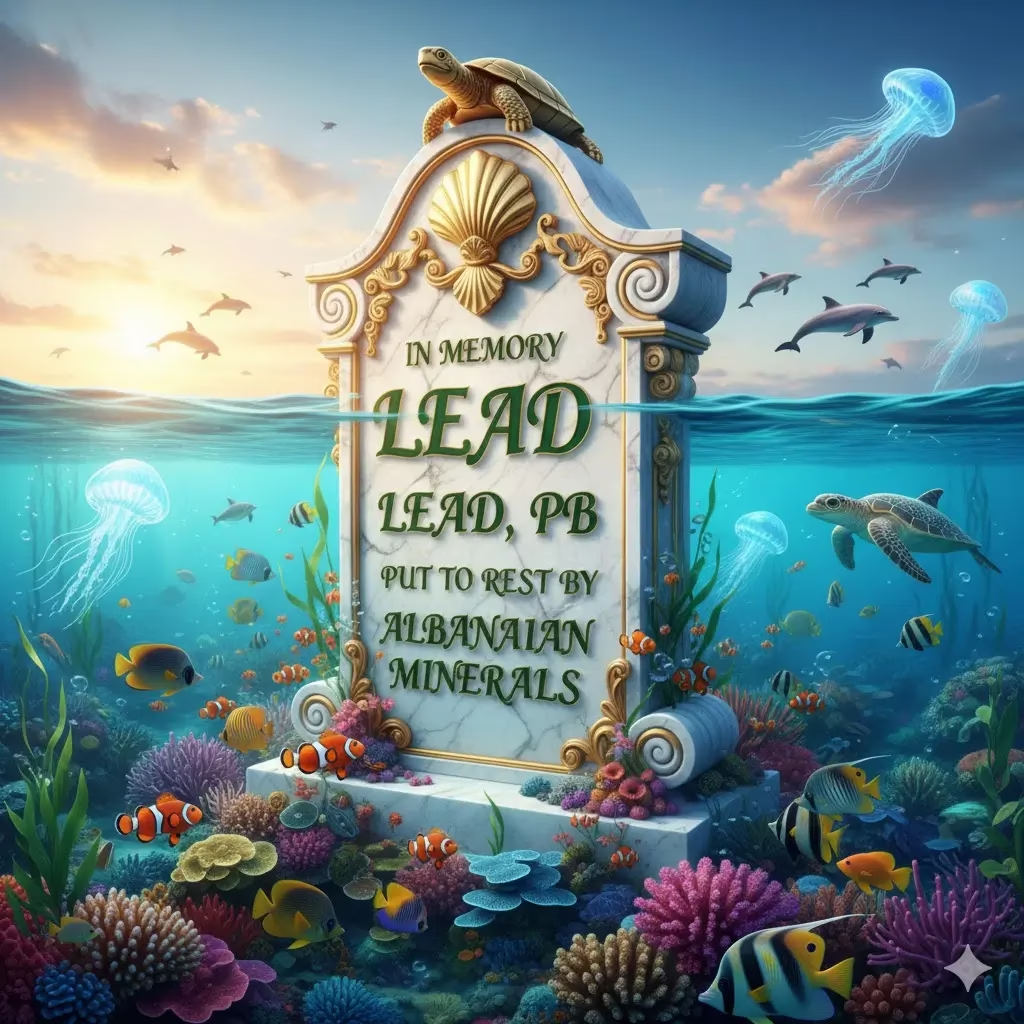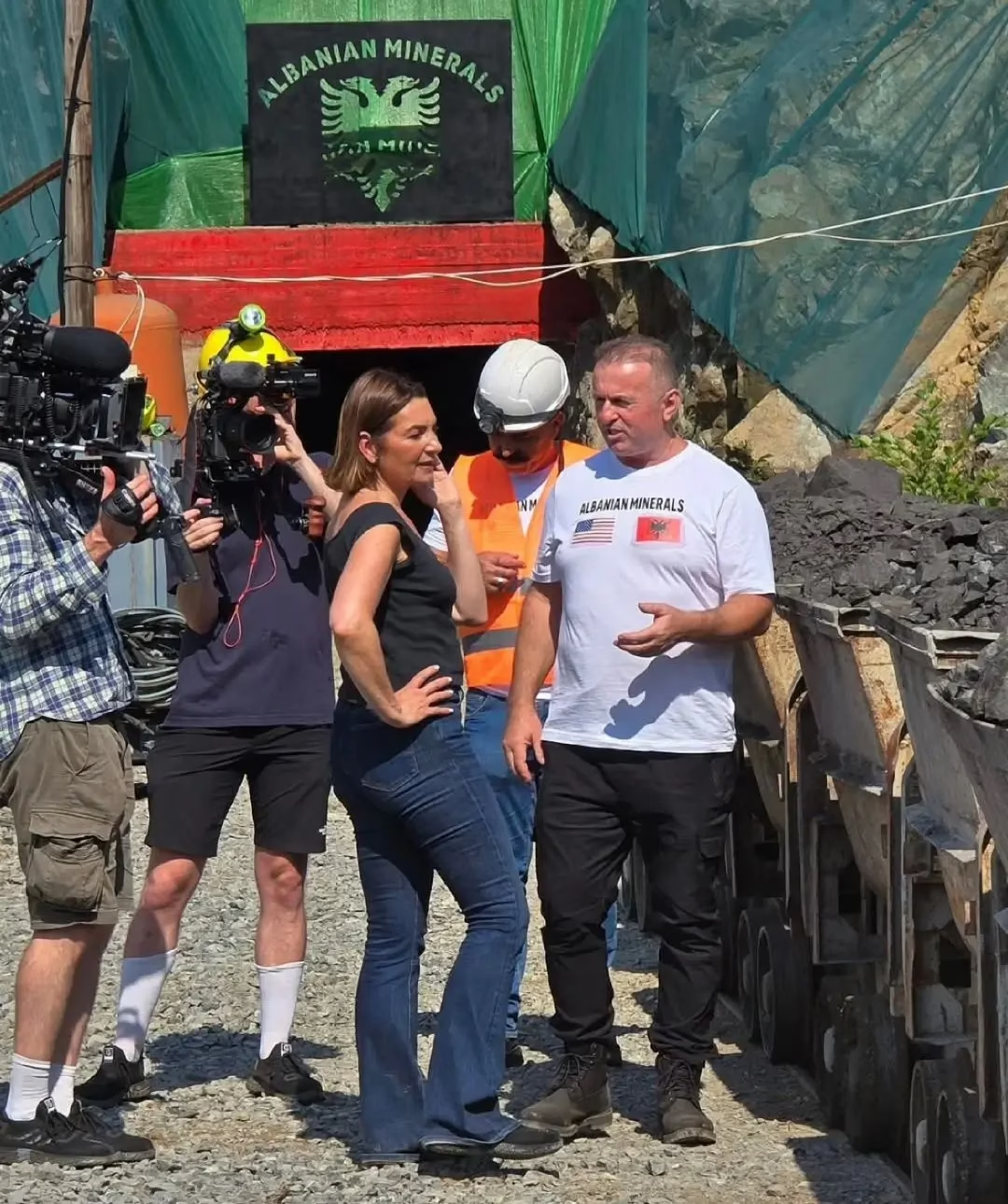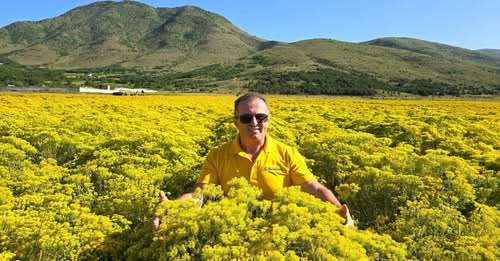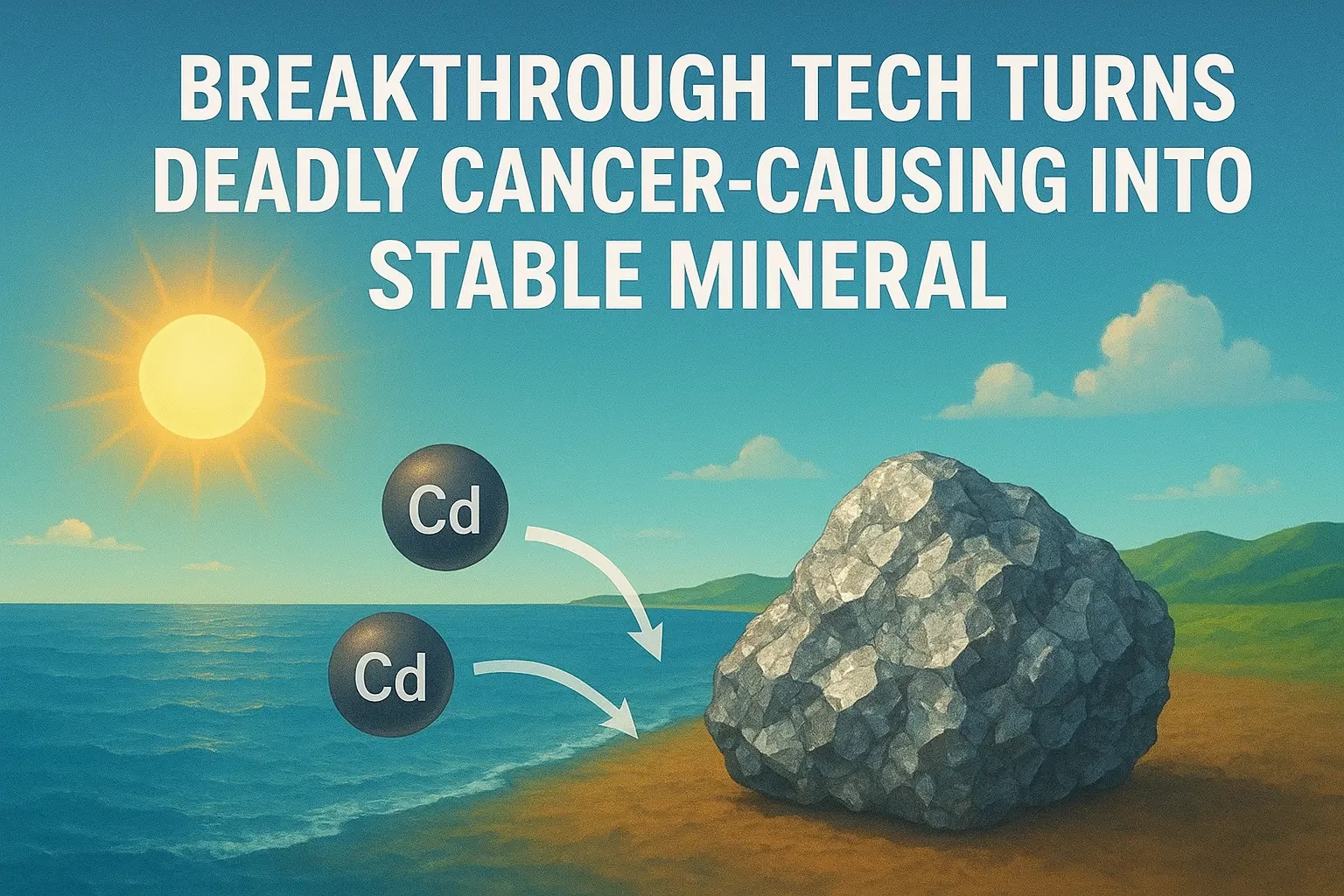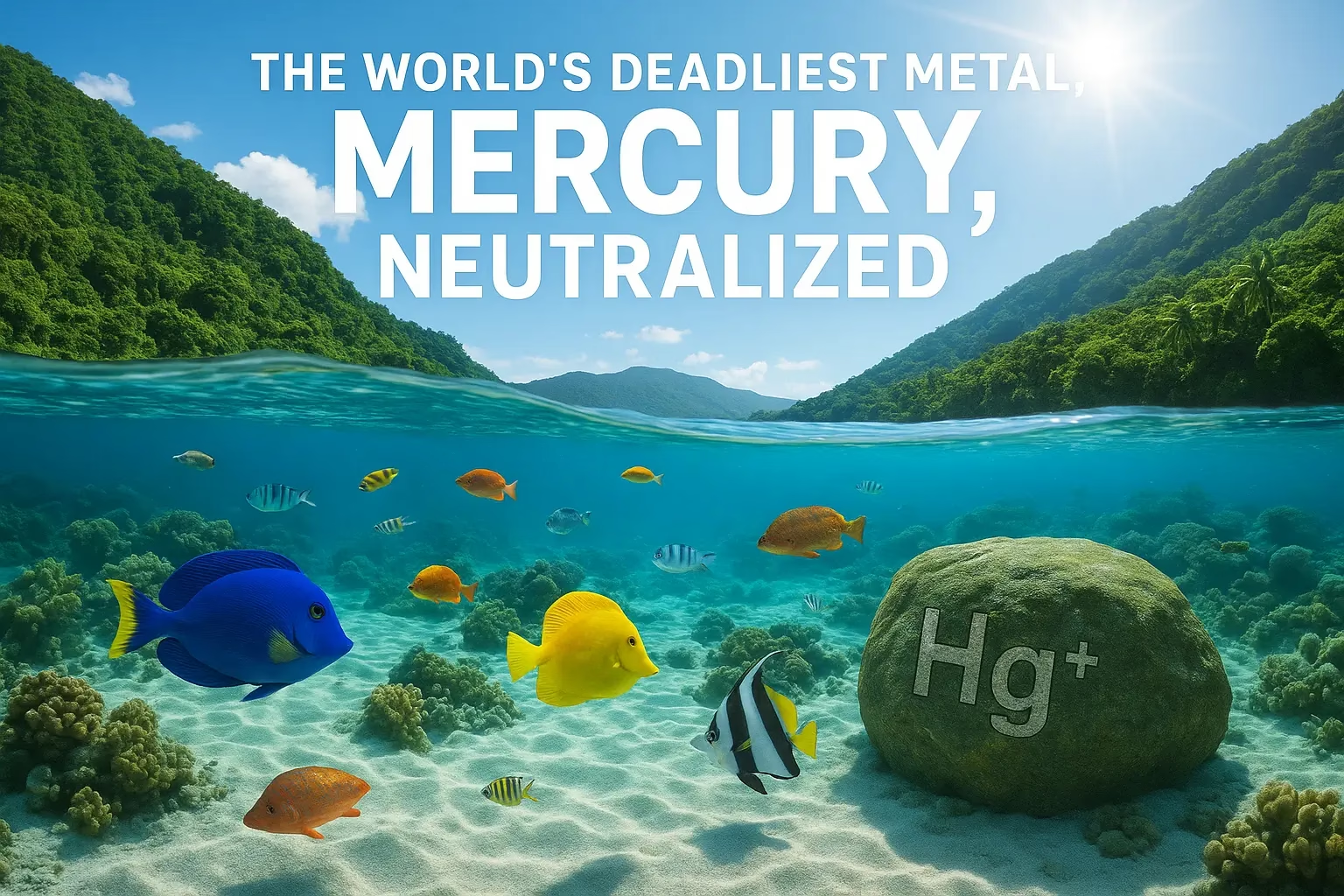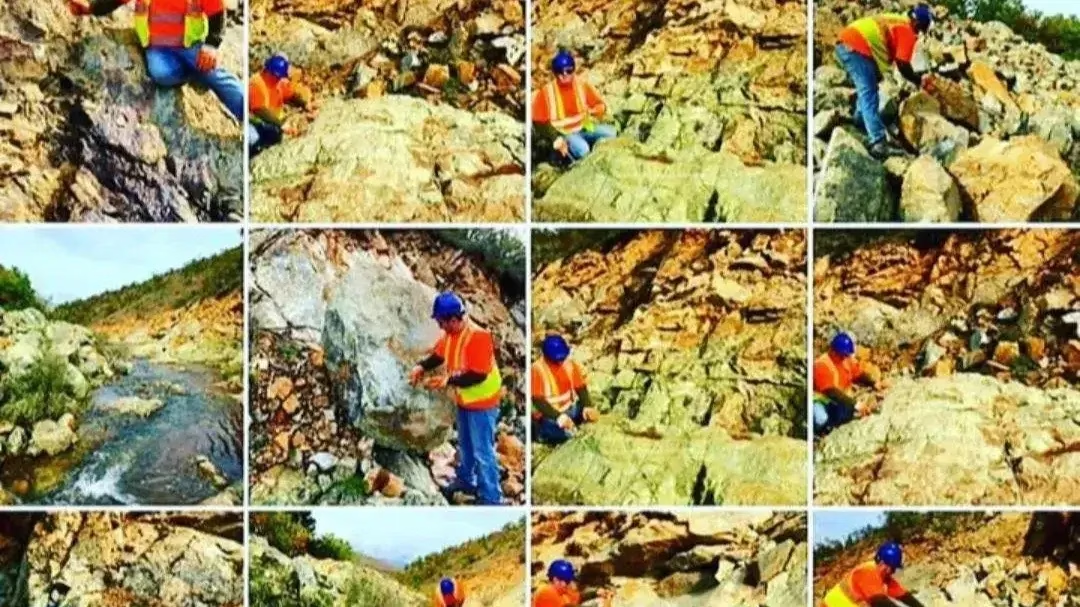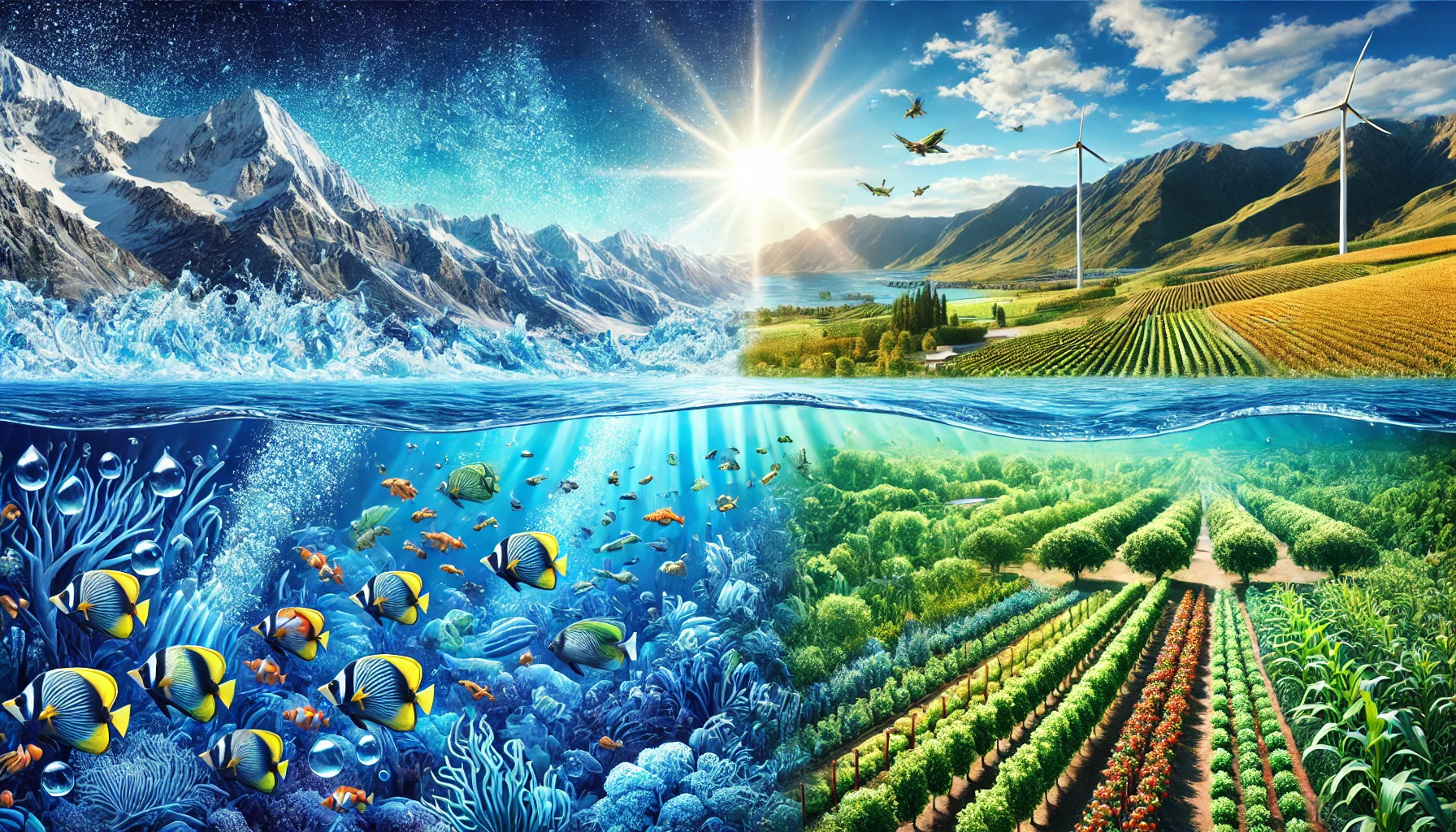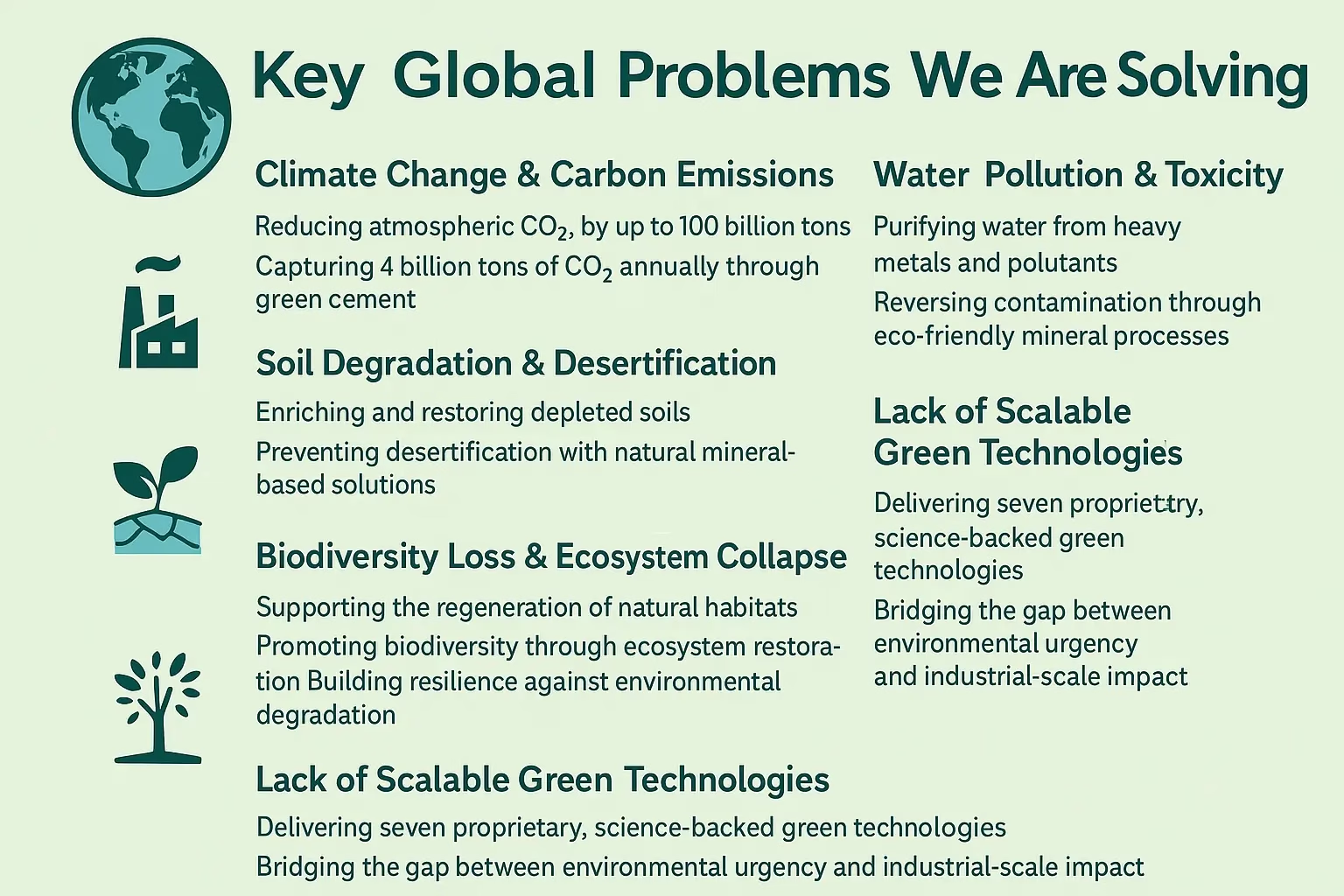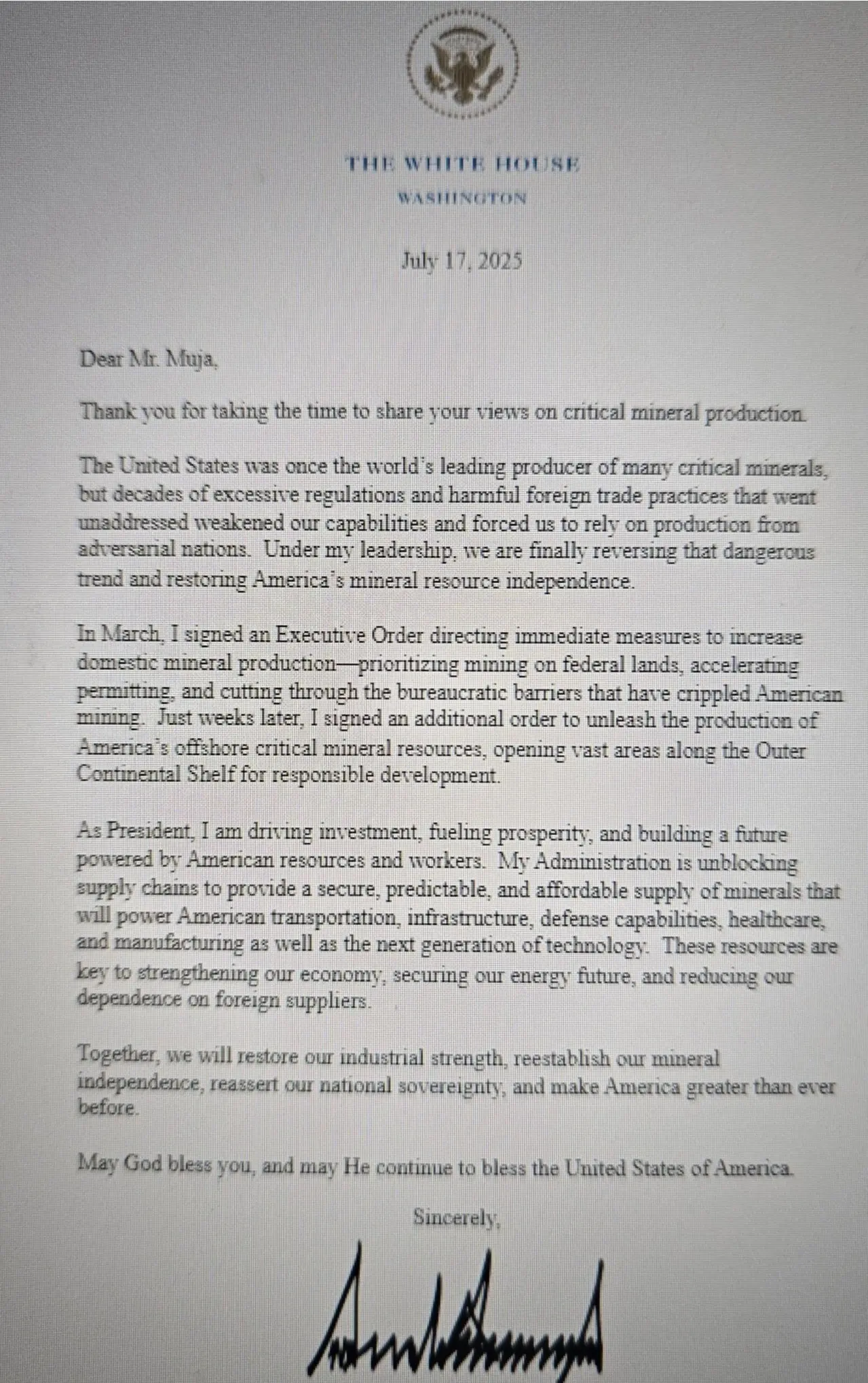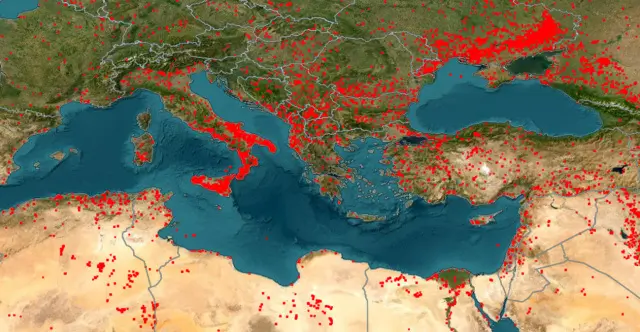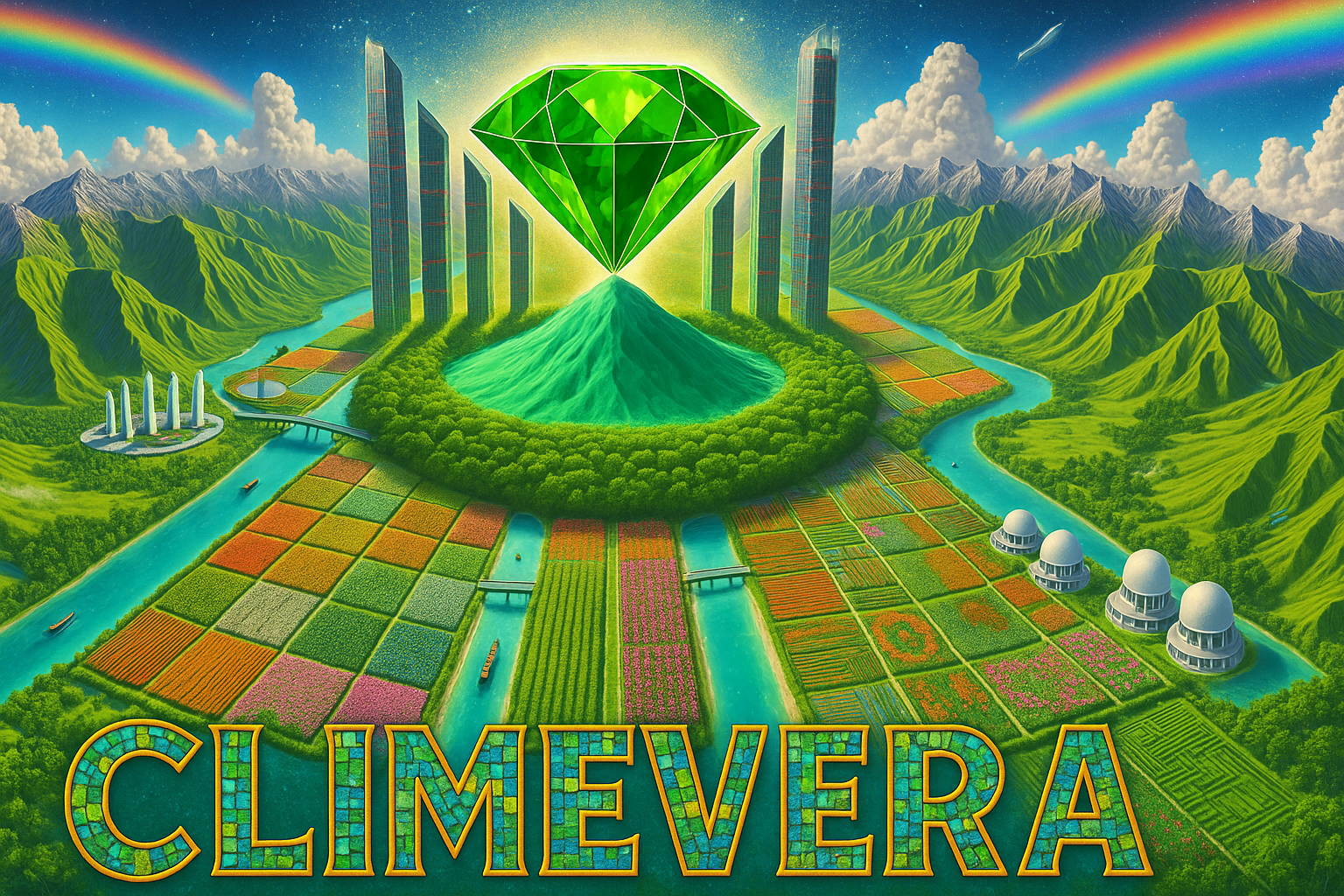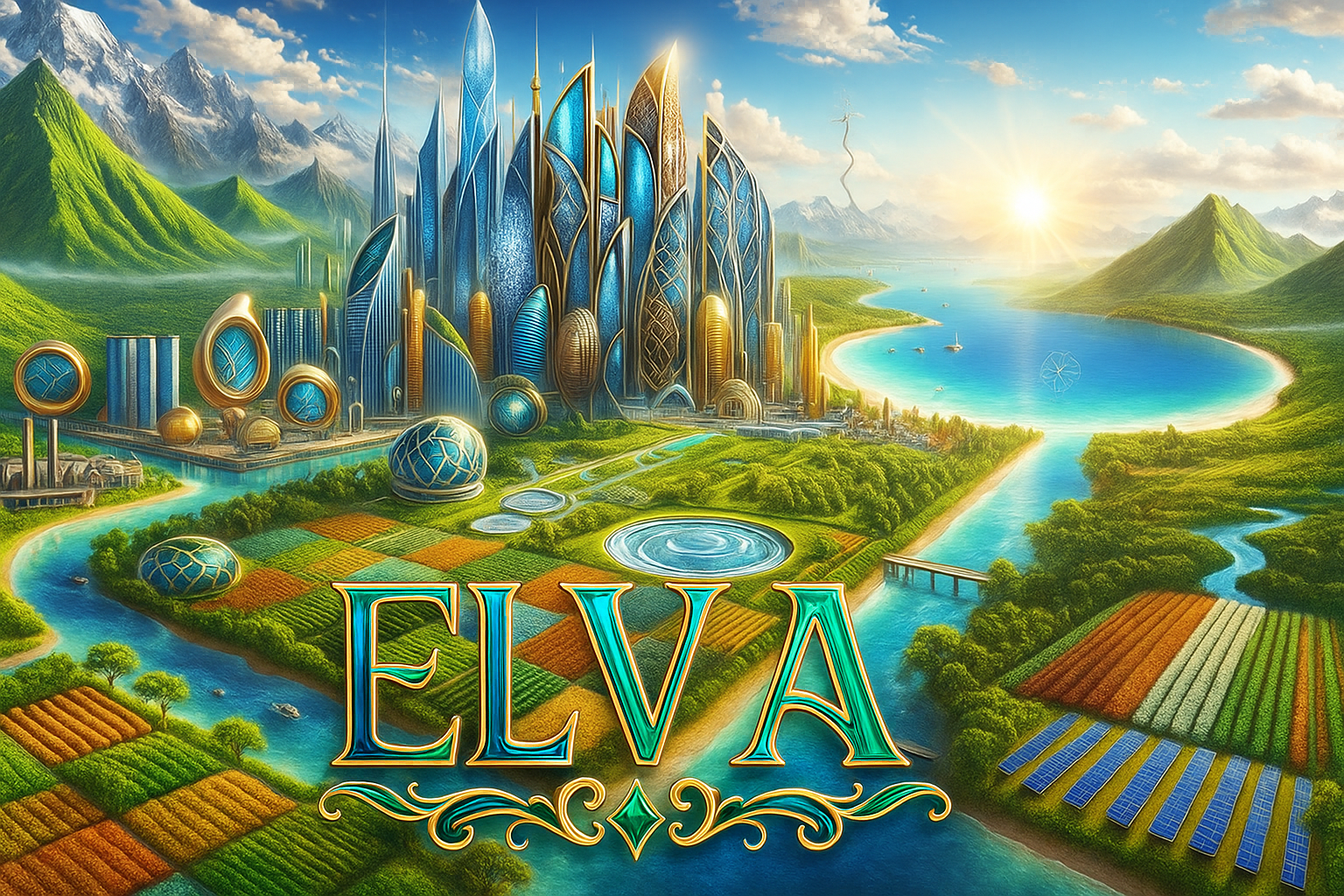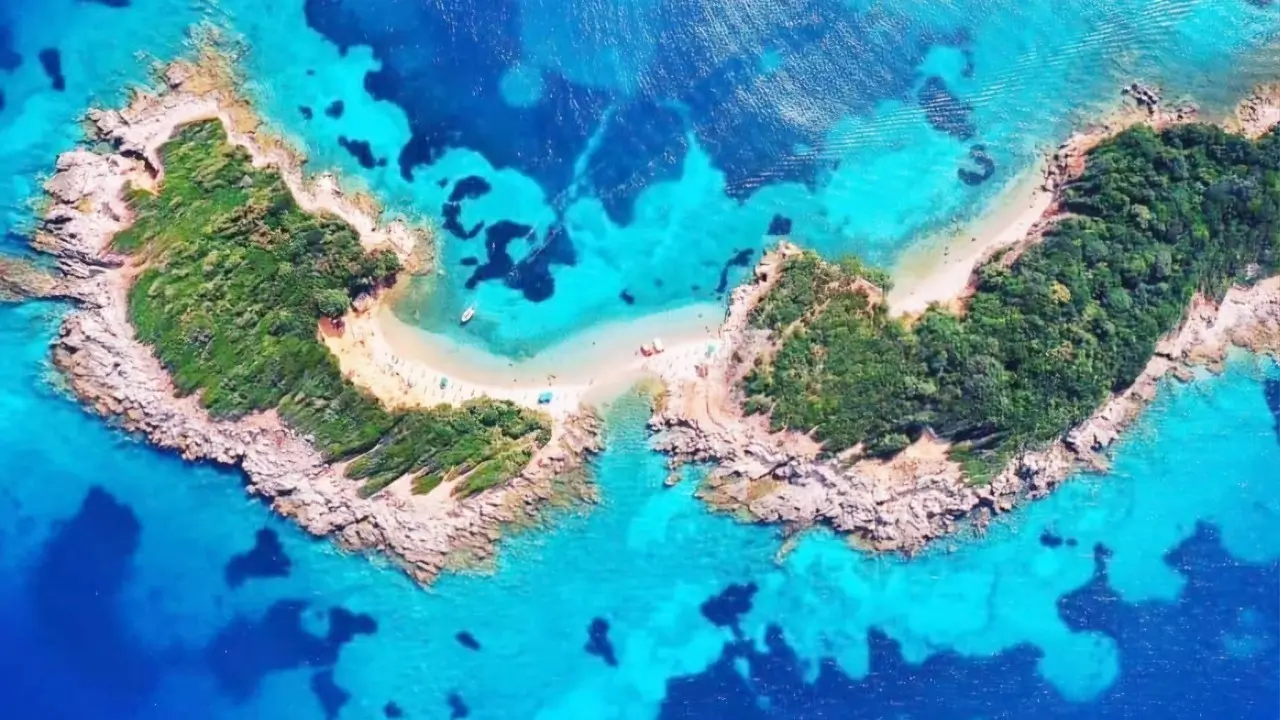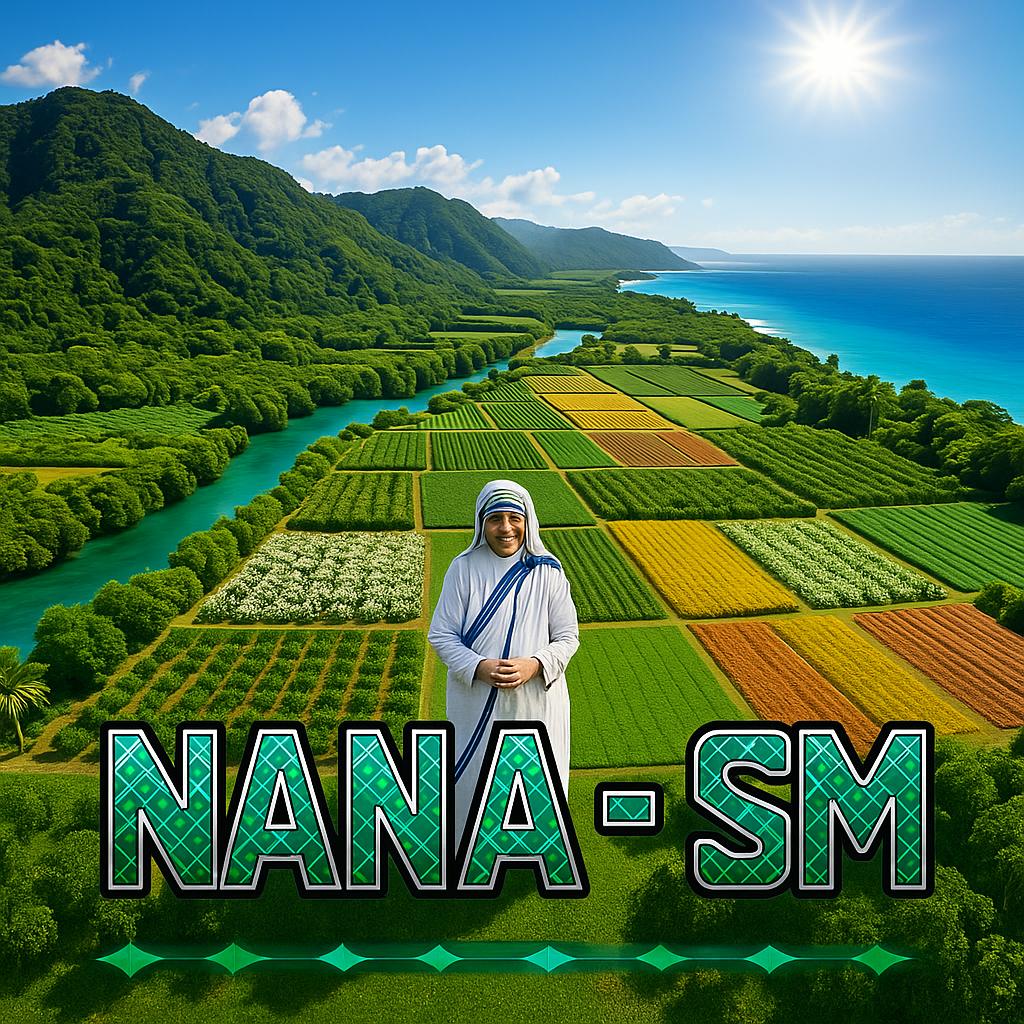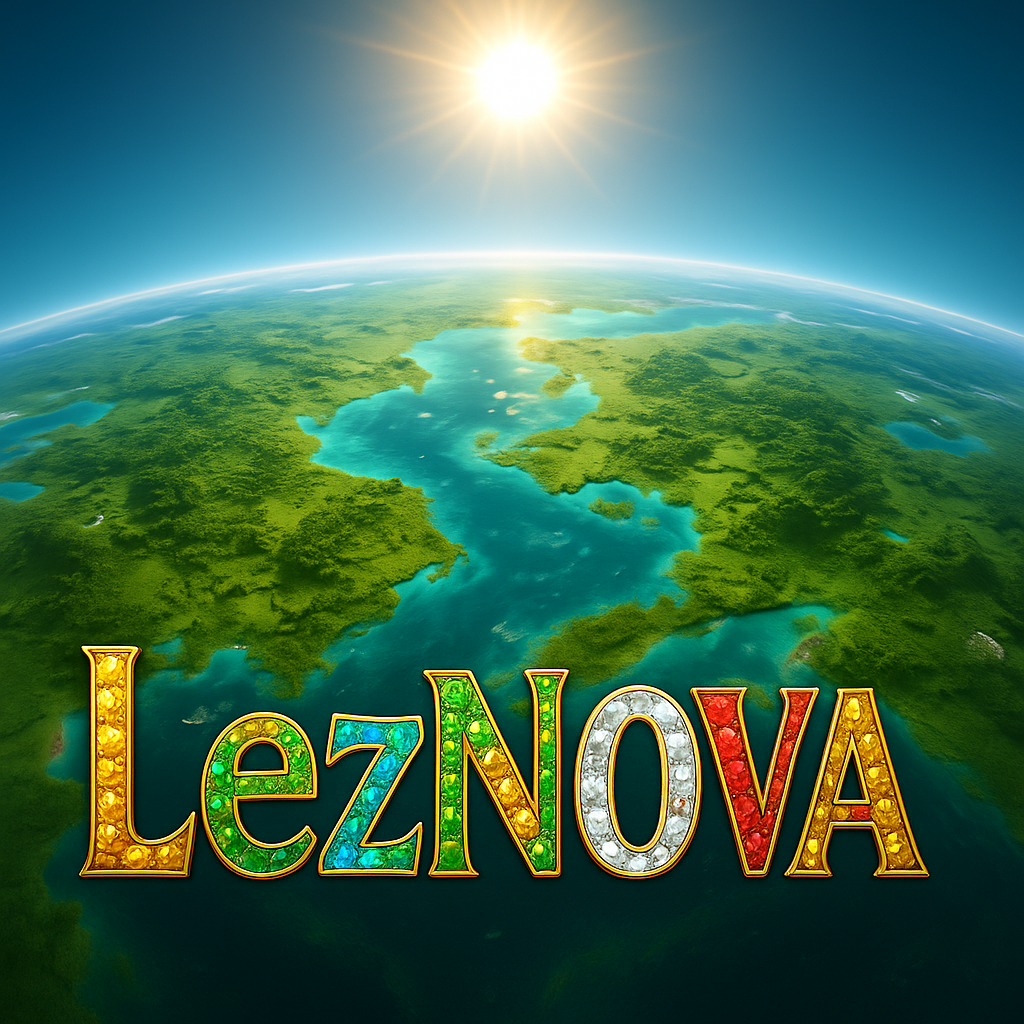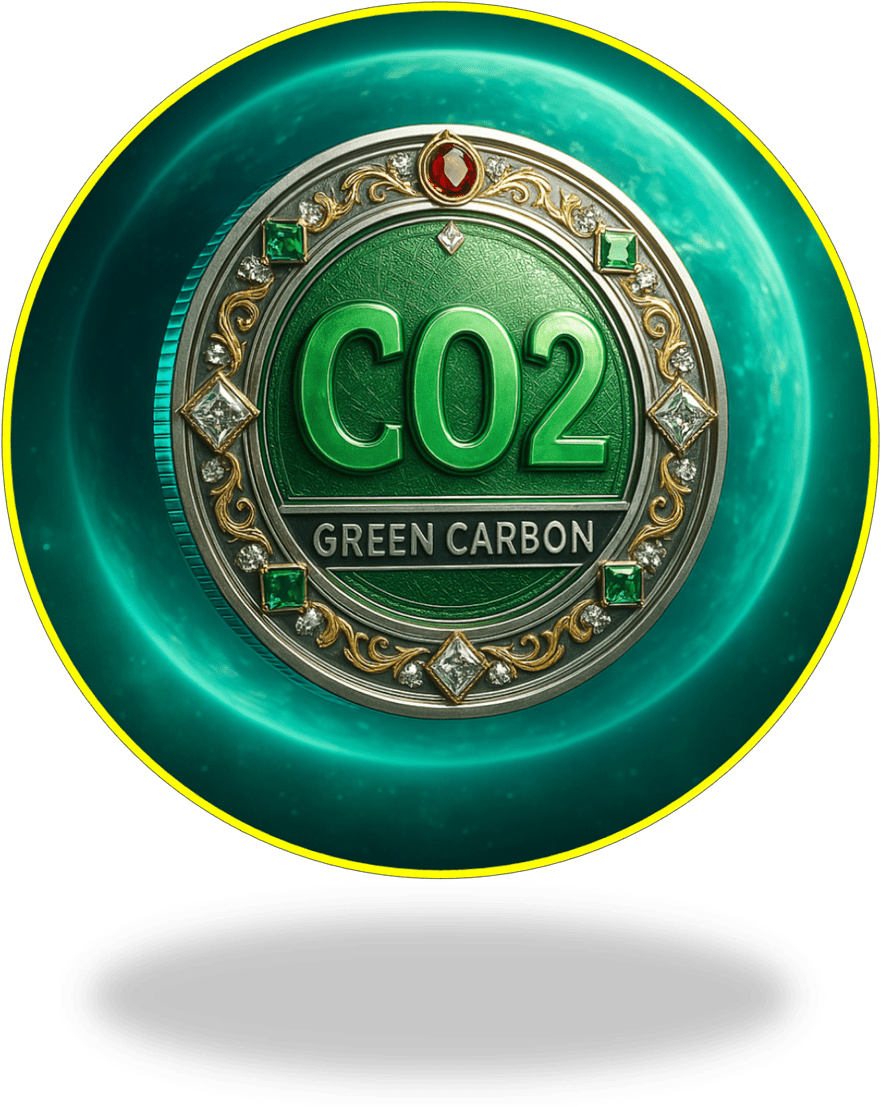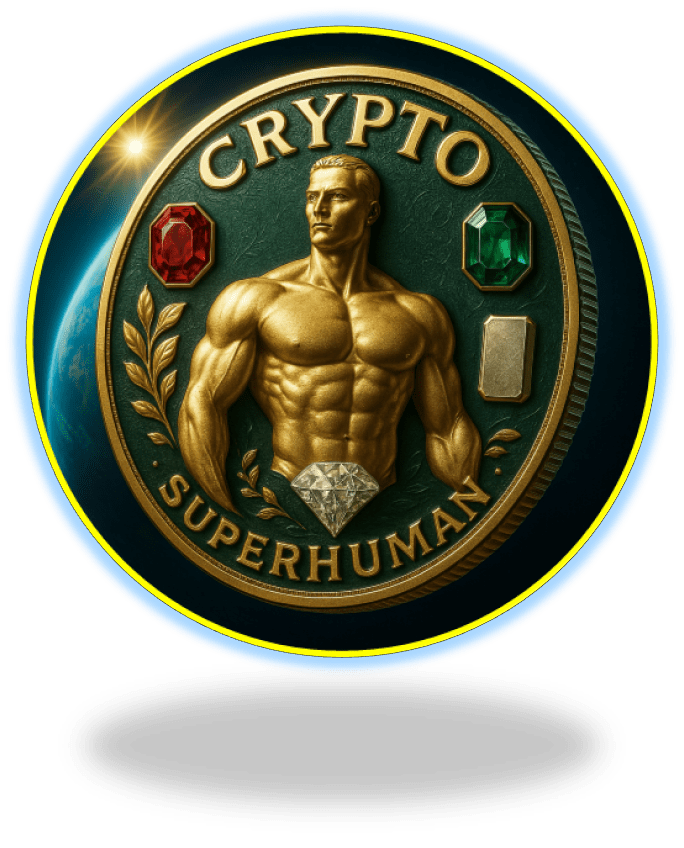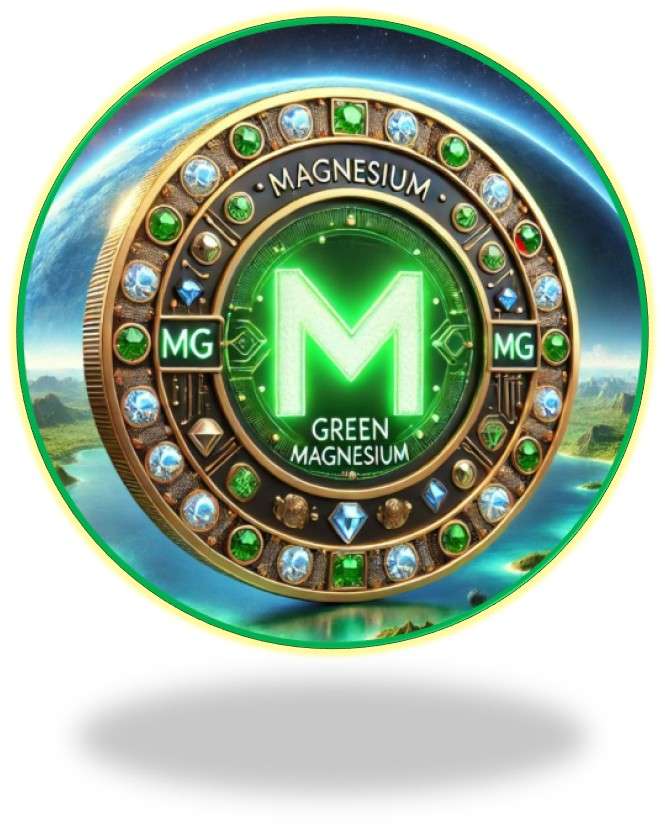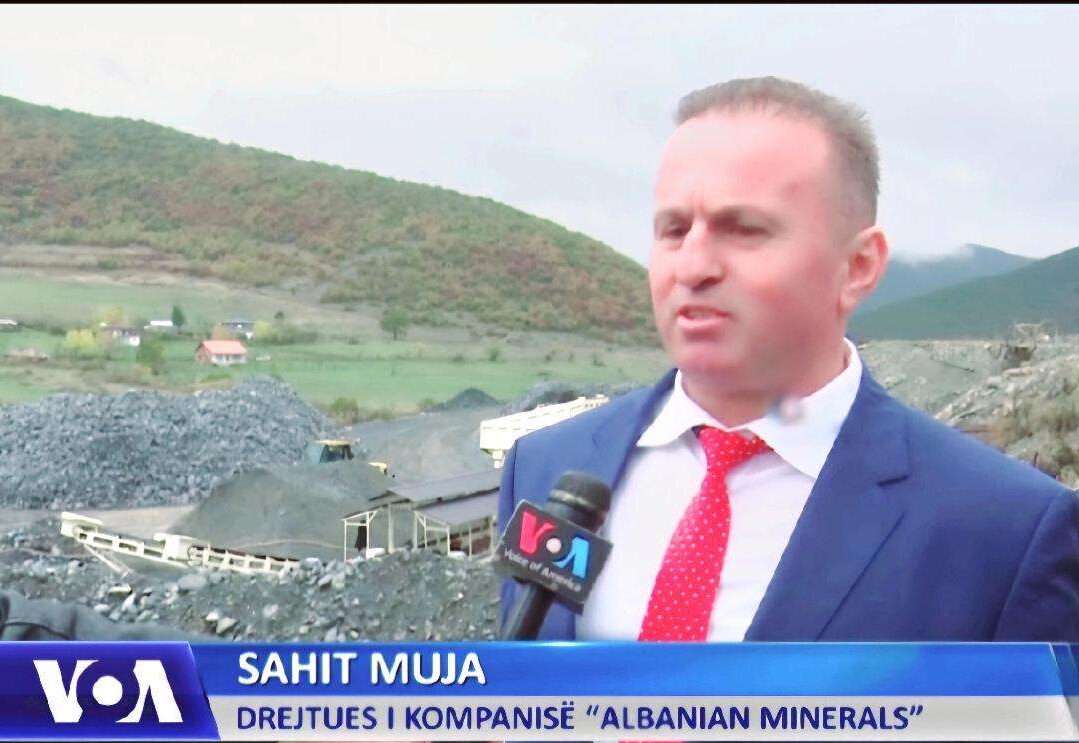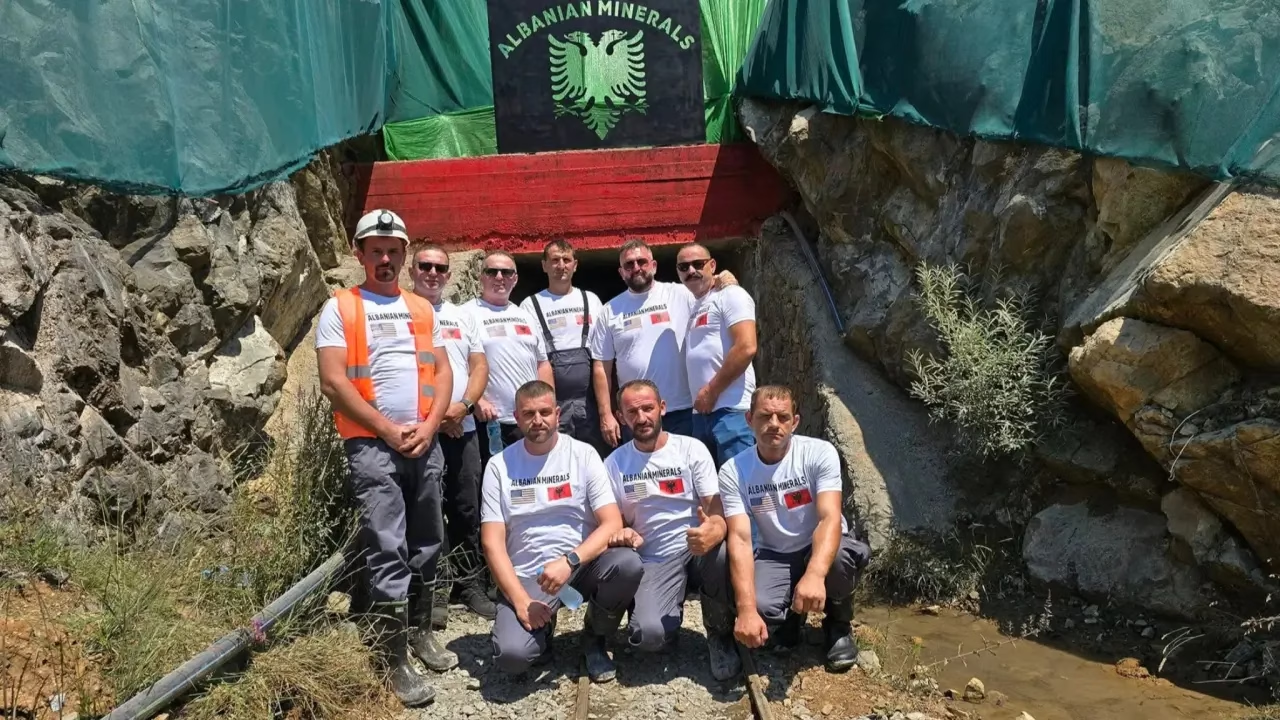
Since the late 18th century, when the French chemist Nicolas-Louis Vauquelin first isolated chromium from a dazzling red mineral found in the mountains of Siberia, this element has traveled a path as complex and brilliant as its molecular structure. What once shimmered in laboratory crucibles now reinforces the infrastructure of modern civilization, unseen but essential, silent yet sovereign. Chromium, an element born in the depths of the Earth, has become one of the central characters in humanity’s enduring narrative of progress, resilience, and reinvention.
In today’s world, where the global economy pulses through cables of stainless steel, where wind turbines reach toward the clouds, where clean energy seeks form and flow within sustainable systems, the significance of chromium has never been more profound. Once simply mined, now it is modeled into technologies that define how we move, how we build, how we generate and store energy. In 2024, global chrome ore production surged by 9%, reaching 39.2 million tonnes, while ferrochrome production rose by 15% to 18.51 million tonnes, numbers that reflect not just economic momentum but the metal’s growing strategic relevance.
To the untrained eye, a lump of chrome ore may seem inert, insignificant. Yet within that dark mineral lies a fierce brilliance, resistance to corrosion, endurance against extreme temperatures, a unique ability to bond with strength and longevity. These are not just physical traits. They are metaphors for the spirit of human innovation itself. Chromium is, quite literally, the material of transformation. It embodies durability in a transient age, and it whispers of a future forged not through excess, but through endurance, intelligence, and harmony with nature.
My own journey with chromium began not in a textbook, but in the soil, through the touch of raw earth and the hum of machinery, through the tension of global markets and the stillness of geological time. Decades ago, I stepped into a world where the value of a rock could only be understood through patience, perseverance, and vision. Over the past thirty years, I have walked beneath the towering silos of stainless steel factories, across mine shafts in Asia, Africa, Europe, and South America, and into US boardrooms where the future of the world’s raw materials is shaped in the language of risk, ambition, and resilience.

As the founder and CEO of Albanian Minerals, I have had the privilege and responsibility of not only extracting chrome ore from the world’s richest deposits, but also shaping an industry ethos that balances productivity with sustainability. In 2025, we reached a milestone I once only dreamed of: zero CO₂ emissions in our chrome production, achieved through the strategic deployment of Enhanced Rock Weathering technologies, the integration of green energy sources, and the use of artificial intelligence to optimize every element of our mining and processing systems. The magnesium silicates we extract alongside our chrome are now used to permanently sequester carbon, binding greenhouse gases into mineral structures that will remain stable for millennia. We do not merely extract from the Earth; we give something back.

Today, as cities climb higher, as nations electrify, as vehicles glide silently on roads that crisscross continents, the quiet work of chromium persists. It binds with iron, nickel, manganese, and molybdenum to form stainless steel, a material that resists time, defies corrosion, and speaks not of decay, but of permanence. Stainless steel, to me, is not merely an alloy. It is the structural soul of modern civilization. It lives in the hull of a ship braving arctic waters. It hums through wind turbines on barren plains. It strengthens the spine of skyscrapers and the precision of surgical instruments. It is at once ubiquitous and unsung, humble and heroic.
Yet this is not simply a story of metallurgy or market share. It is a story of transformation, both technological and philosophical. For decades, stainless steel was seen as a byproduct of industrial necessity. Today, it is emerging as a central protagonist in the drama of sustainable development. As the world races to decarbonize, to reduce dependence on fossil fuels, to build systems that are circular rather than linear, chromium rises to new prominence, not as an accessory, but as an enabler.
Its role in the green energy revolution is vast, though often underestimated. Chromium plays a vital part in thin-film solar cell technology, enhancing the efficiency and performance of solar panels. It operates quietly within the membrane of electrochemical cells, in the catalysis of electrolyzers for hydrogen production, and in the conductive pathways of rechargeable batteries. It is present in the catalytic converters that clean our emissions and in the water purification systems that restore life to polluted rivers. These applications are not marginal; they are foundational. Without chromium, the dream of a renewable energy future would remain fragile, incomplete, unrealized.
But the road forward is not without its challenges. As demand intensifies, especially for high-grade chrome ore located near the Earth’s surface, extraction becomes more difficult and expensive. Global inventories are tightening. Prices are rising. Informal dialogues with mining executives across continents reveal a consistent refrain: the days of easy chrome are over. The mines are deeper, the margins thinner, the pressure greater. The world will need to think not only about production, but about preservation, substitution, and strategic deployment.
Simultaneously, the geopolitical landscape adds another layer of complexity. Chromium reserves are unevenly distributed. South Africa, Turkey, Kazakhstan, India, and Finland lead global output, yet each of these nations operates under unique political and regulatory pressures. Albania, though smaller in scale, commands some of the purest and most abundant reserves on Earth, and we at Albanian Minerals are proud to steward those assets with a vision that stretches beyond extraction into regeneration. Still, the risks of concentrated supply chains loom large, vulnerable to trade disputes, export restrictions, port closures, labor unrest, or political instability. These are not distant hypotheticals. They are real, recurring events that reshape markets overnight.
Investors, policymakers, and industrial leaders must look ahead with clarity. Chromium is no longer just a commodity. It is a strategic asset. It lies at the intersection of critical infrastructure and climate resilience, of economic growth and ecological stewardship. Those who still measure its value by weight and volume miss the deeper truth: that its relevance lies in its role—not in what it is, but in what it enables.
As the global chemical industry shifts toward specialty applications and eco-friendly alternatives, chromium remains indispensable. It adapts to new demands, from electronics to pharmaceuticals, from aerospace coatings to data center cooling systems. Even in agriculture and consumer goods, it plays hidden yet vital roles. Its demand pulses in sync with the global economy, rising in expansion, softening in recession, but always resilient, always essential.
This evolving reality calls not for panic, but for preparation. The future of chromium investment will be shaped not just by geology, but by innovation. Artificial intelligence, automation, green hydrogen, and closed-loop recycling systems are not distant dreams, they are current experiments, pilot projects, scalable realities. The companies that adopt these innovations first will lead. They will reduce emissions, enhance efficiency, and unlock value that is both economic and environmental. The mining industry, long seen as a force of disruption, now has the potential to become a catalyst of sustainability.
In this unfolding chapter of human history, defined by climate thresholds, digital revolutions, and demographic shifts, materials matter more than ever. They are not merely the scaffolding of our cities but the language of our ambitions. Chromium, in particular, speaks a language both ancient and future-facing. It reminds us that resilience is not about resisting change, but embracing it with strength, with intelligence, with purpose.
And stainless steel, that miraculous synthesis of chromium and its allies, becomes more than infrastructure. It becomes identity. It becomes the connective tissue of an emerging world, one that seeks to rise not through consumption, but through consciousness. It is a metal not of extraction, but of expression. In the glint of a turbine blade, in the curve of an electric train, in the stillness of a water purification vessel, stainless steel tells a story, not just of what we have built, but of who we are becoming.
The earth offers us these elements not as gifts, but as responsibilities. And so we mine, we refine, we build, but we must also renew, rethink, and reimagine. The age of stainless steel is not ending. It is beginning anew, shaped by chromium, guided by science, and elevated by vision.
In this crucible of transformation, those who understand the elemental truths—who see not only the ore, but the opportunity, will shape the future. Not with haste, but with harmony. Not with dominance, but with discernment. Not for extraction alone, but for evolution.
And in the quiet core of this global shift, chromium will continue to shine—not with brilliance alone, but with purpose.
“In the alchemy of earth and innovation, we have transmuted extraction into restoration. Chromium, long the silent backbone of civilization, now rises as a beacon of sustainability—its lustrous strength intertwined with a promise: that industry and nature need not be adversaries but collaborators in crafting a resilient future. At Albanian Minerals, we embrace this profound responsibility, not simply to harvest the gifts of our planet, but to return them enriched, binding carbon in mineral embrace, and forging a legacy where progress is measured by the harmony we restore. This is not just mining; it is the poetry of transformation, written in stone and light.”
— Sahit Muja, Founder & CEO, Albanian Minerals

